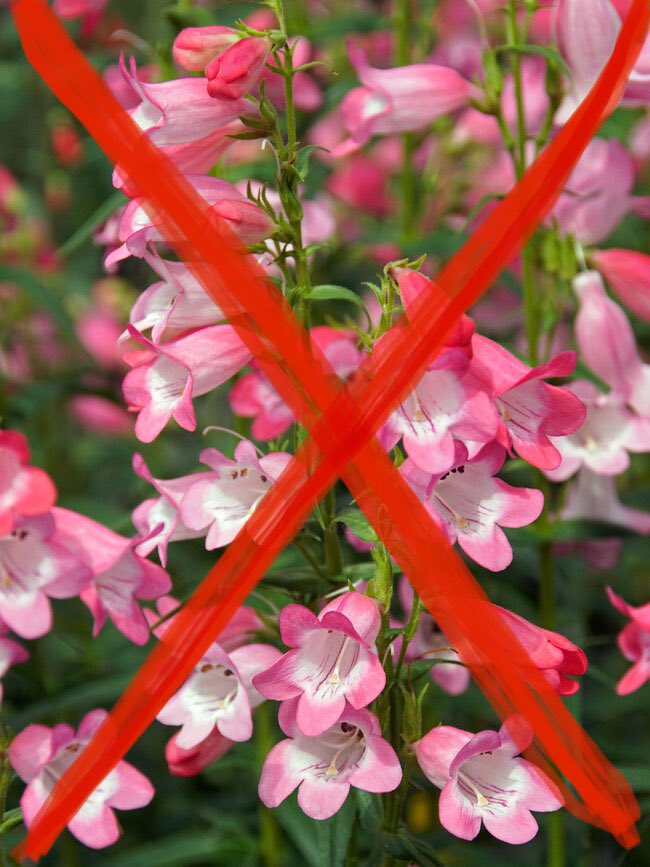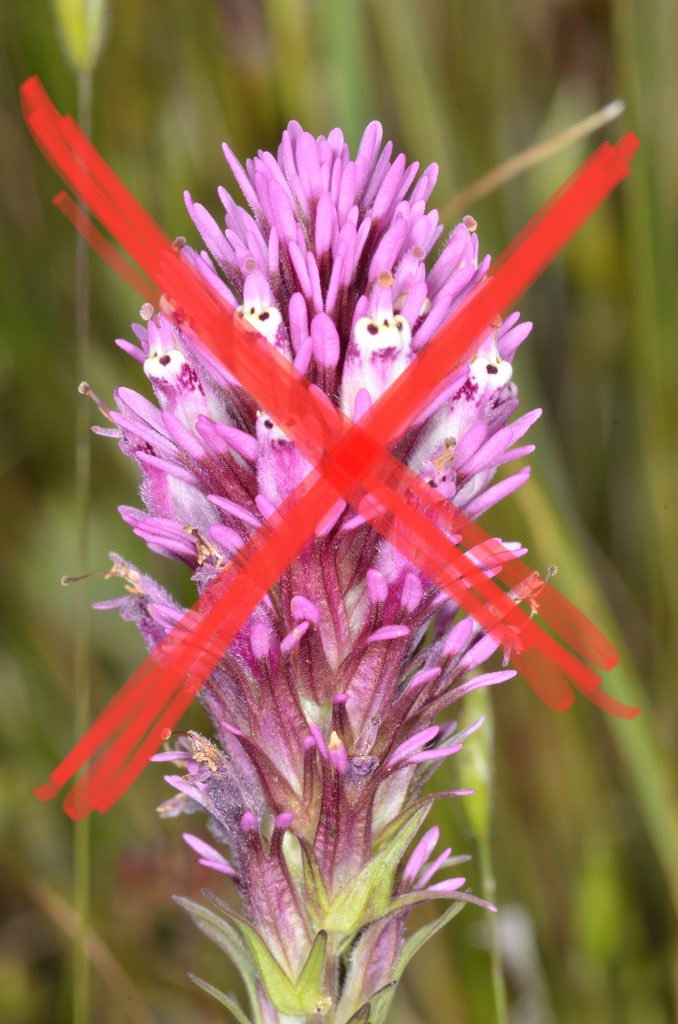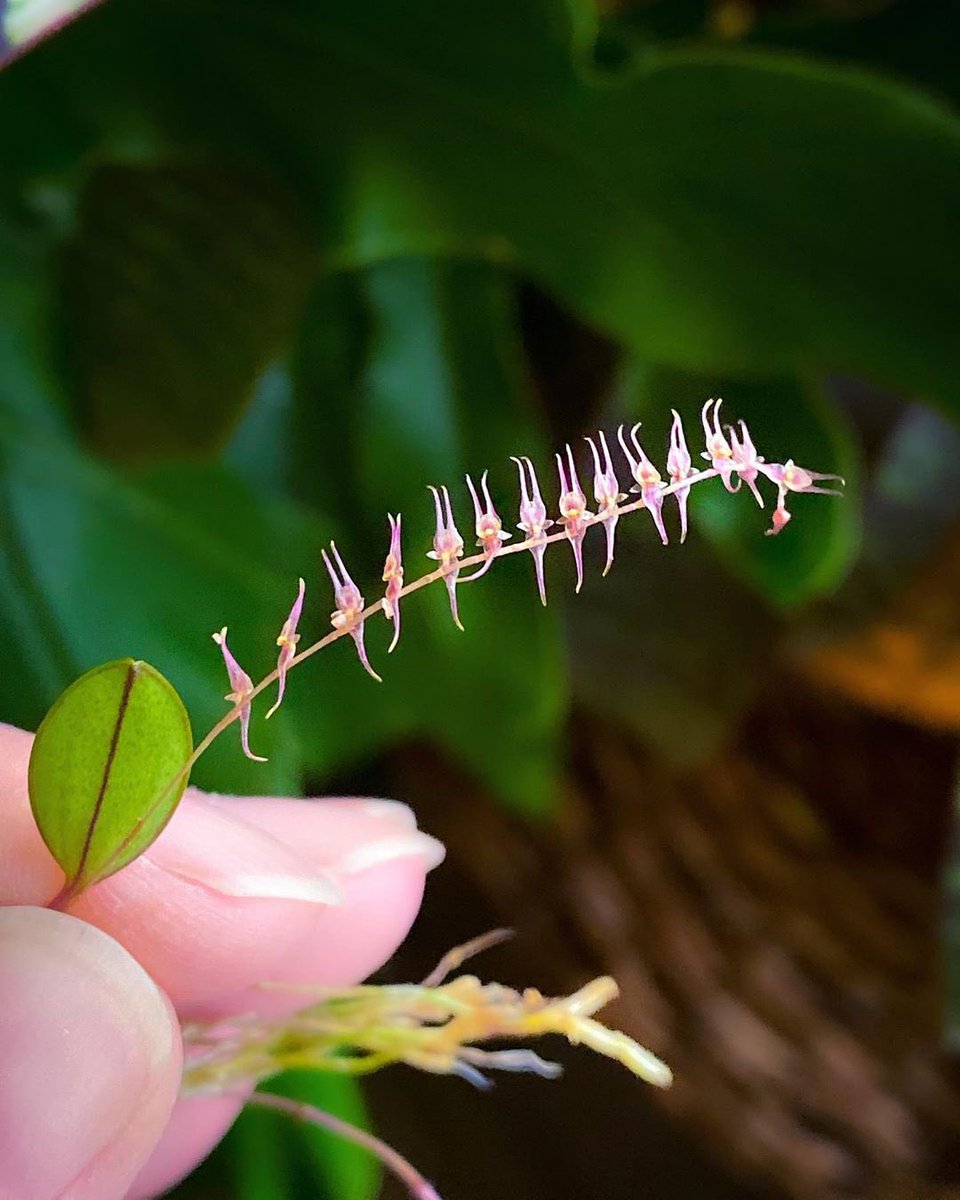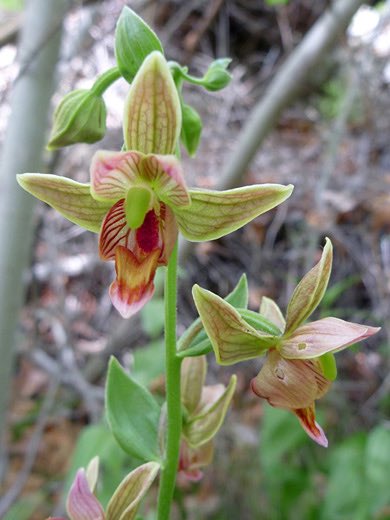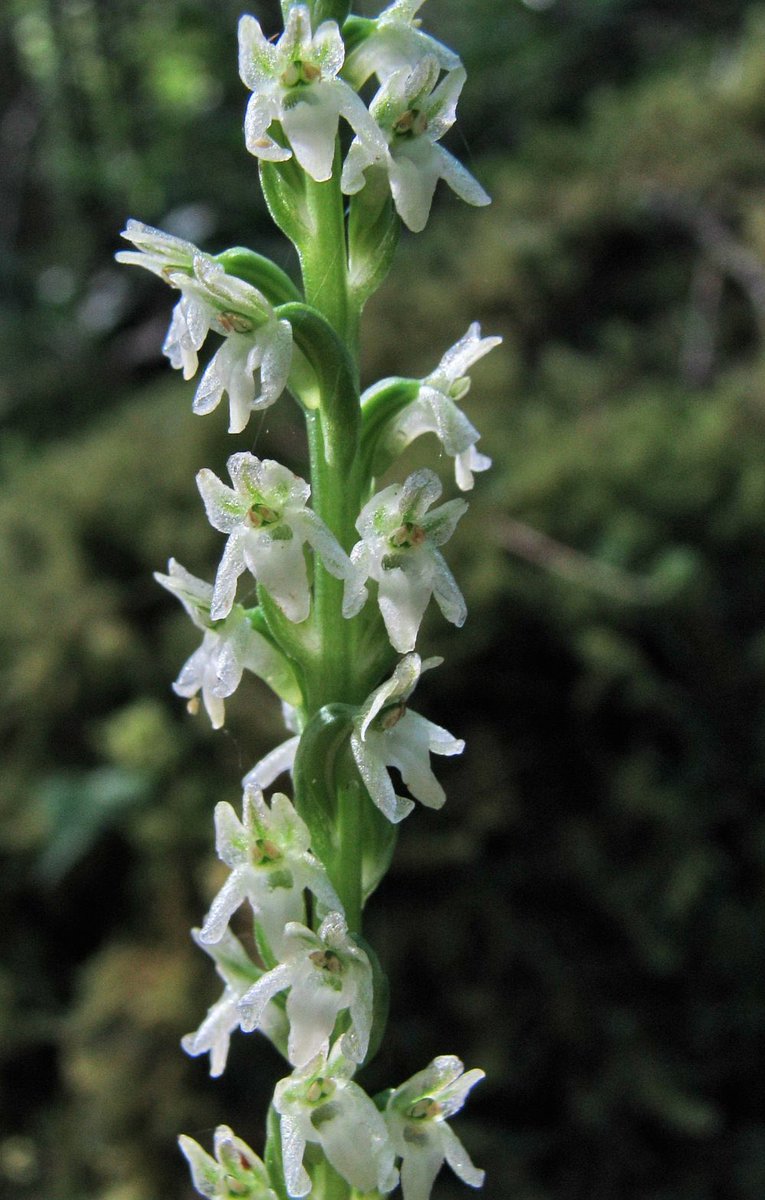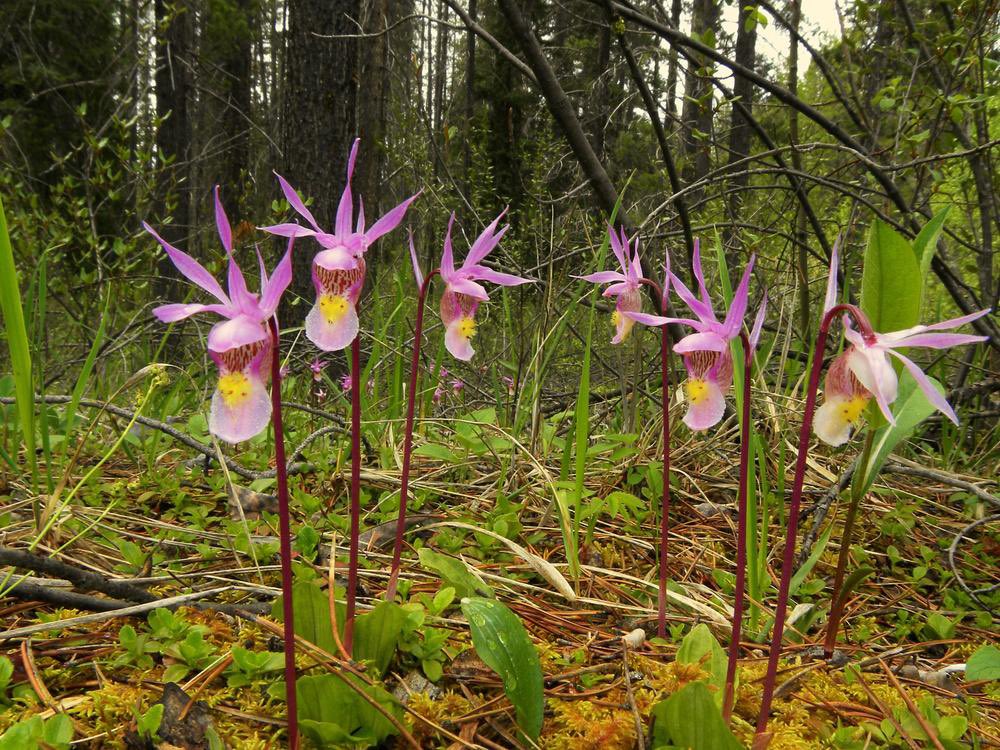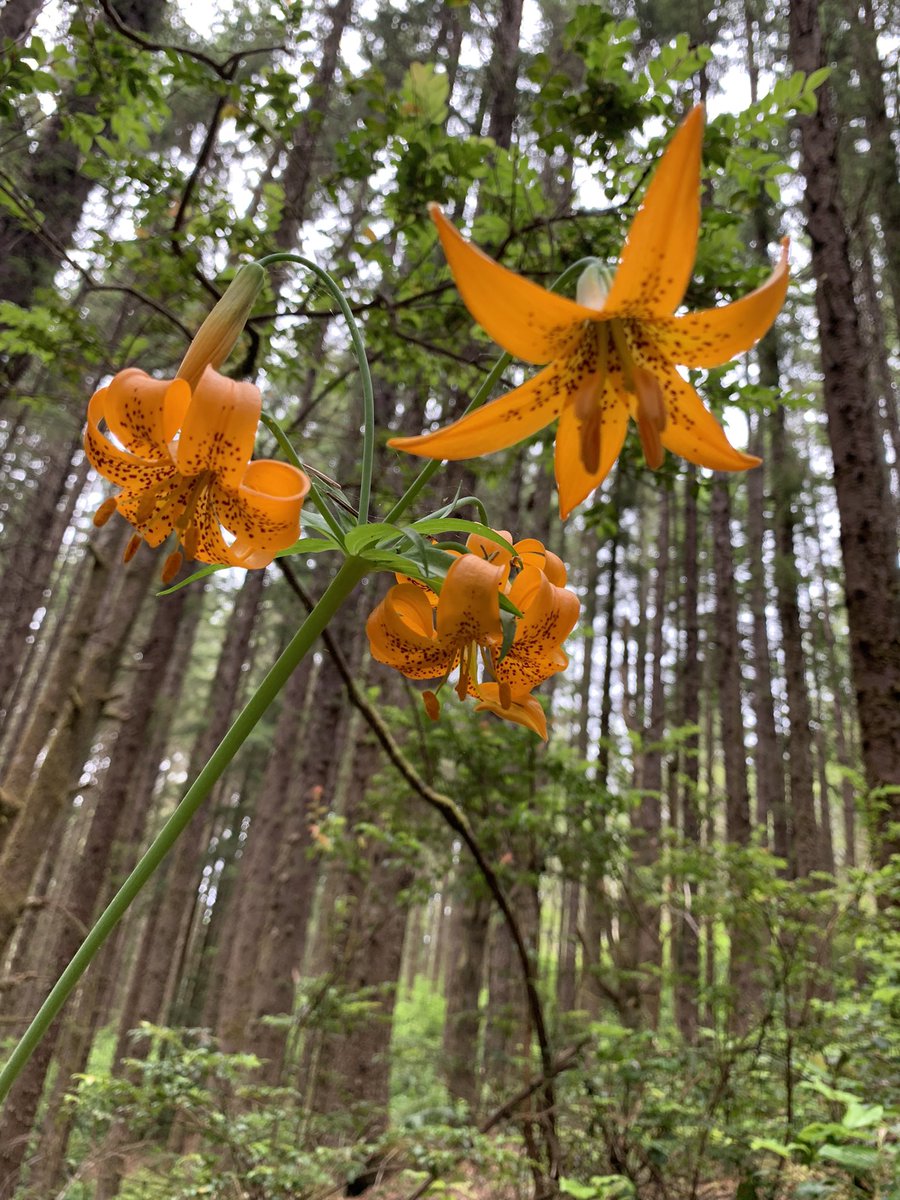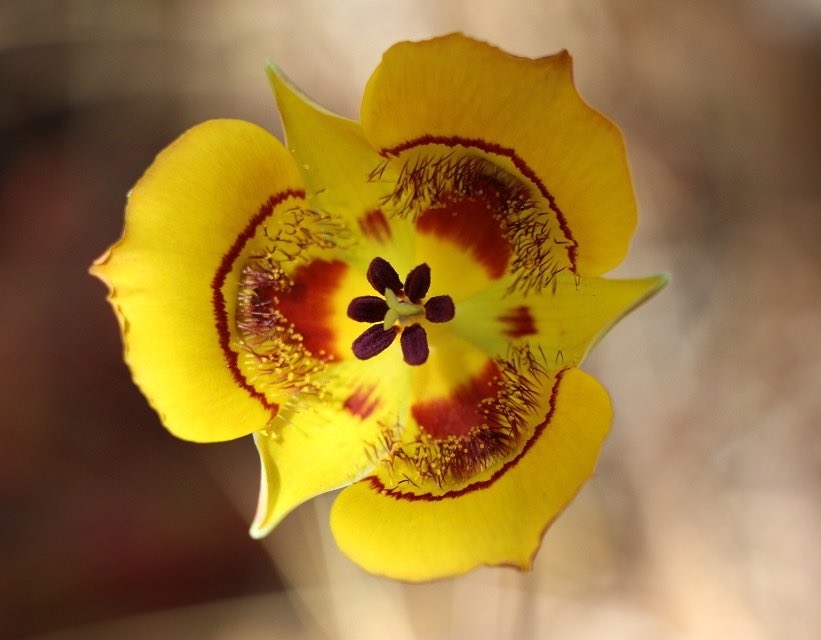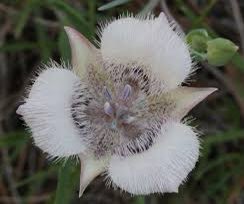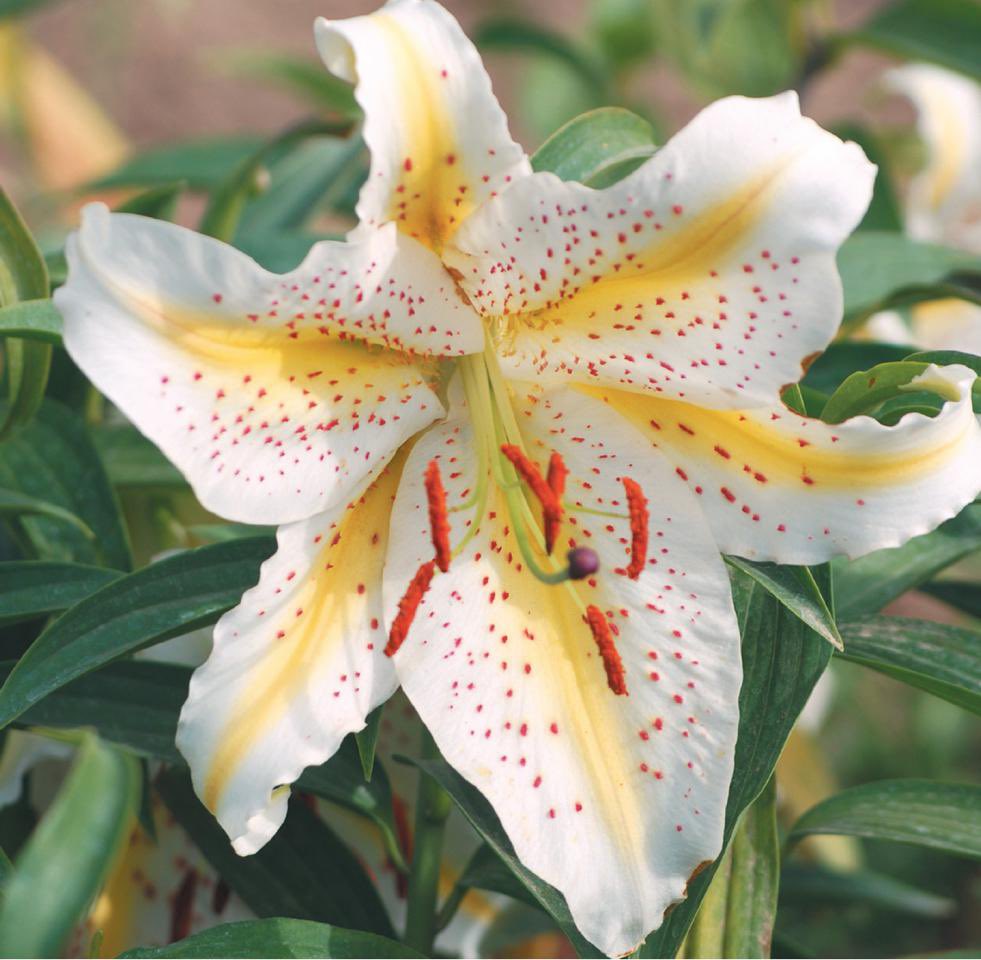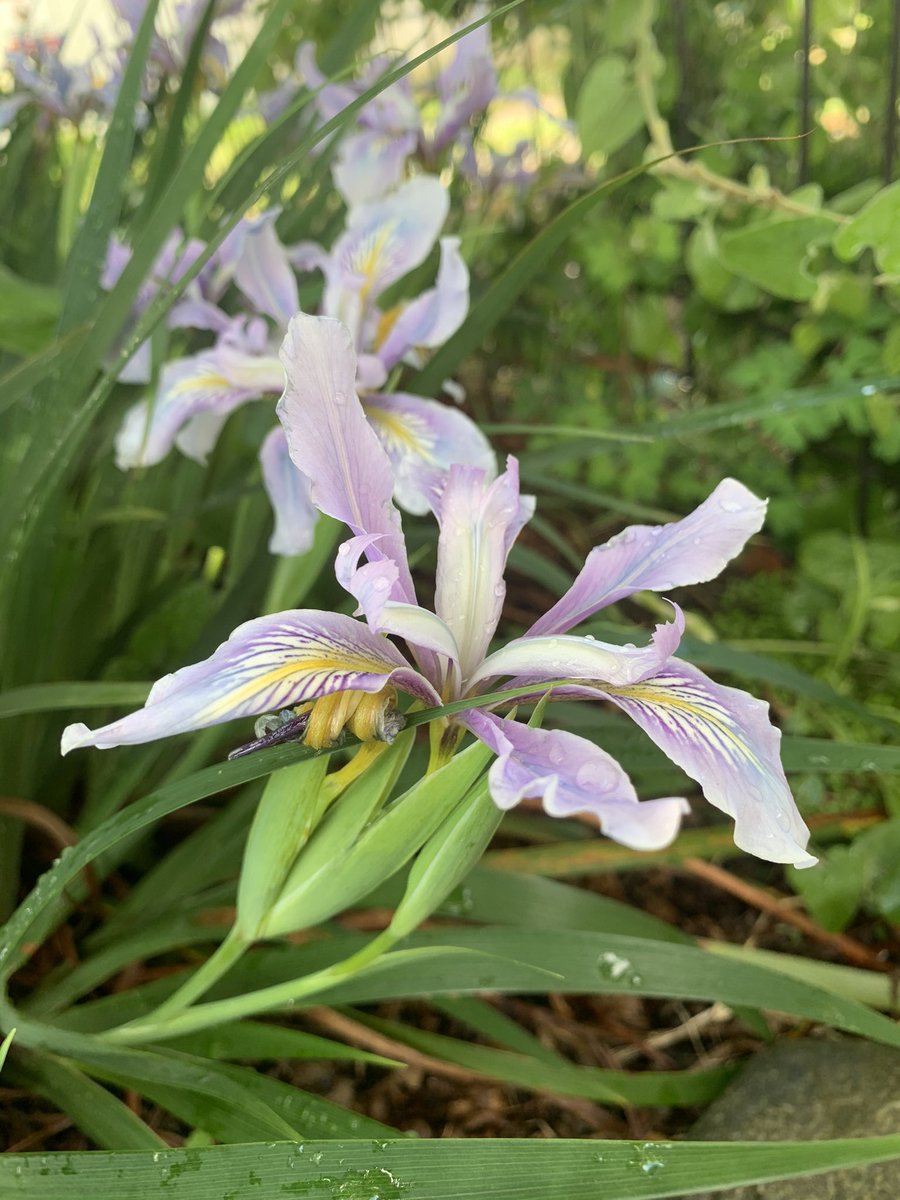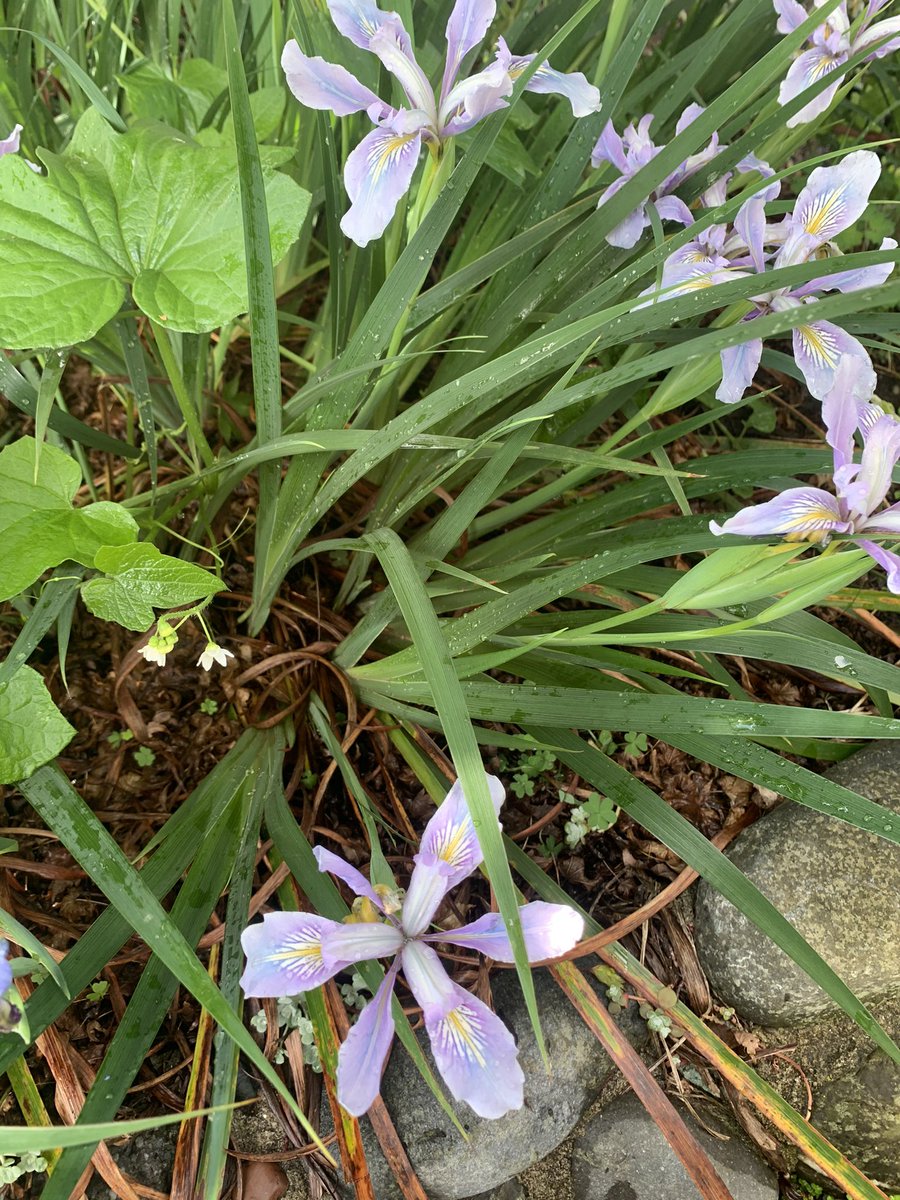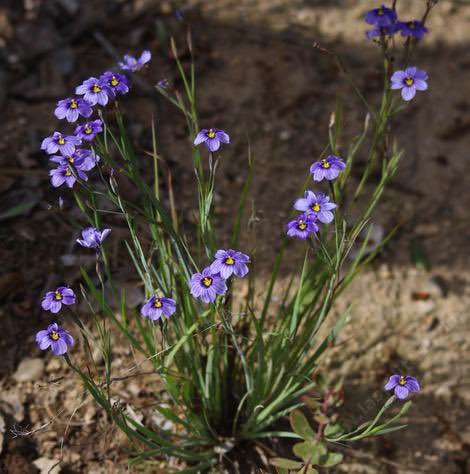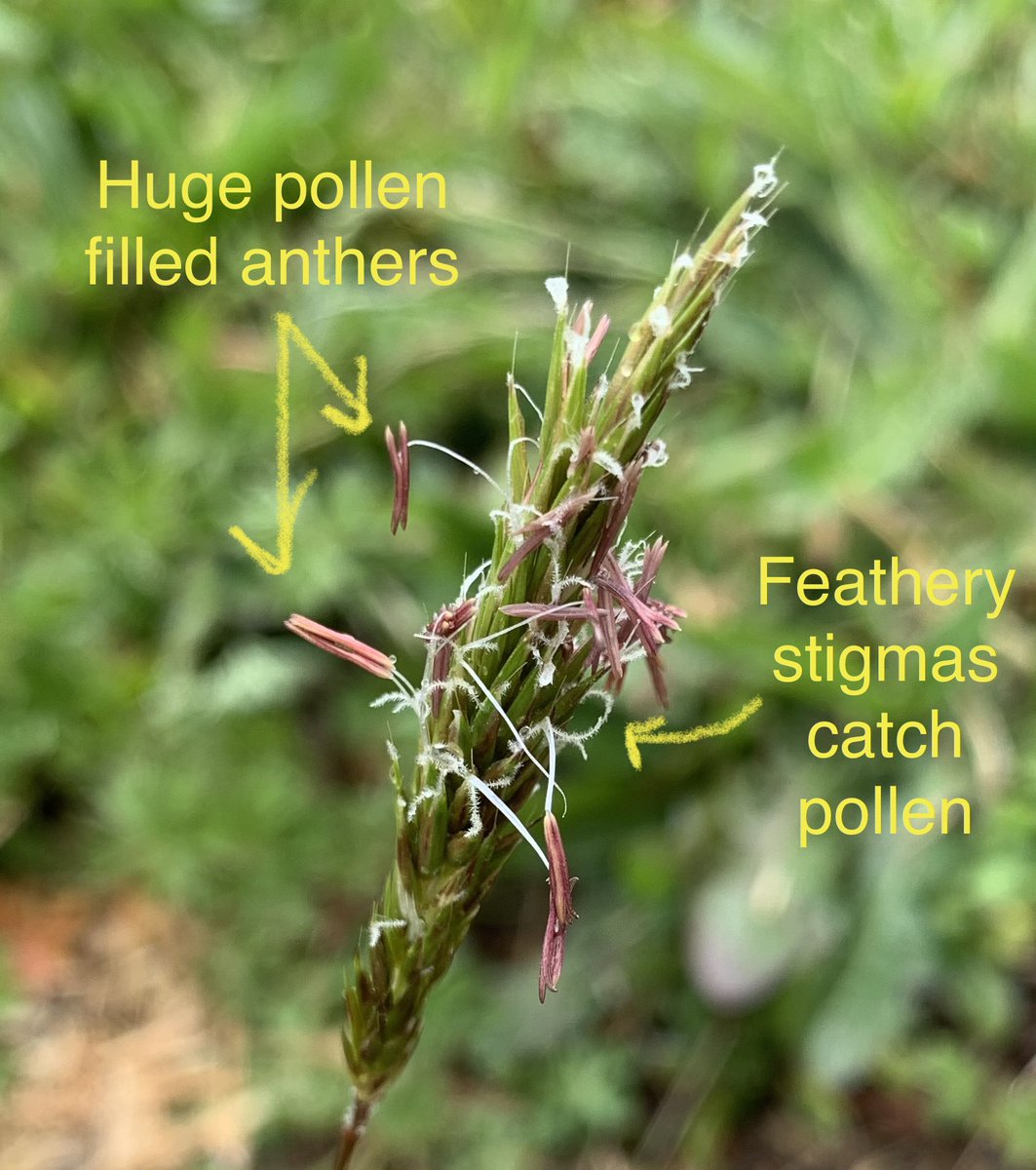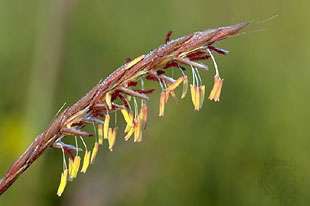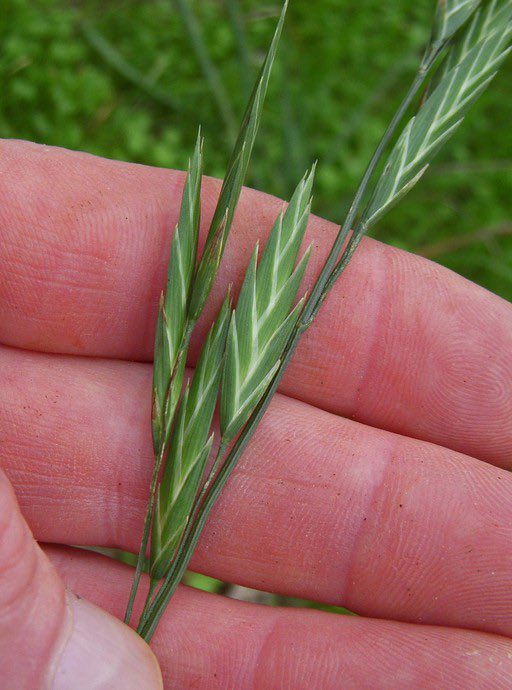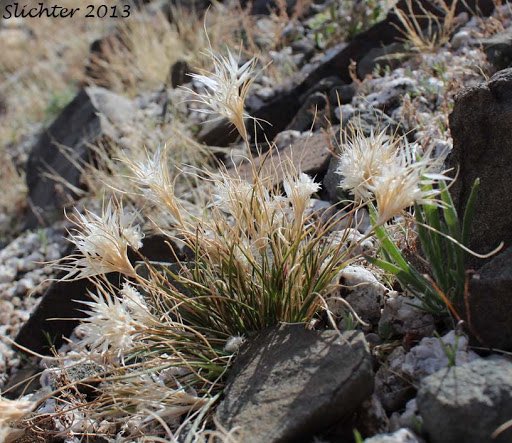My intro to plant families starts with Polemoniaceae, which is the most basic flower. So we can learn flower anatomy and a family at the same time. This is the flox family which is found in landscaping, wildflowers, and crayon drawings. Flowers have 5 petals and 5 stamens.
2. Next up in complexity is Rosaceae, and we’re off to the rose family. This family includes apples, cherries, plums, pears, strawberries, and roses. All flowers have 5 petals and many stamens. (Extra rose petals are actually modified stamens.)
3. Brassicaceae is the mustard family including broccoli, kale, cauliflower, radishes, and mustards. Flowers have 4 petals and 6 stamens. Another name for this family is Cruciferae due to the cross shaped flowers. Fruits are dry or papery and contain many seeds.
4. Papaveraceae is the poppy family which can have 4 or 6 petals, often with a crinkly texture, and many stamens. Fruits are dry capsules with many seeds.
5. Onagraceae is a graceful family that also has an even number of flower parts: 4 petals and 8 stamens (sometimes 4 stamens). Includes wildflowers like evening primrose, clarkia, and sun cups.
6. The next 4 families all have petals that are joined in a single trumpet or star shape:
Solanaceae - nightshades
Convolvulaceae - morning glories
Cucurbitaceae - squashes
Boraginaceae - borages
They all have kinda similar flowers so it’s more about seeing the whole plant.
Solanaceae - nightshades
Convolvulaceae - morning glories
Cucurbitaceae - squashes
Boraginaceae - borages
They all have kinda similar flowers so it’s more about seeing the whole plant.
7.Solanaceae are the nightshades including tomatoes, potatoes, and deadly nightshade. Although enjoyed by the Aztecs for millennia, Europeans thought tomatoes were poisonous. Petals are joined in a pointy star shape. Fruits are berries with many seeds. Leaves are distinctive.
8. Convolvulaceae includes morning-glories, bindweed, and sweet potato. Usually a vine, flowers are nearly perfect circles that can pick up radio signals if pointed in the right direction.
9. Cucurbitaceae is the squash family. Plants are vines with palmate  https://abs.twimg.com/emoji/v2/... draggable="false" alt="🍁" title="Ahornblatt" aria-label="Emoji: Ahornblatt">leaves and curly tendrils to help them climb. Fruits are thick skinned squashes (pepos). Flowers are often large, yellow and delicious.
https://abs.twimg.com/emoji/v2/... draggable="false" alt="🍁" title="Ahornblatt" aria-label="Emoji: Ahornblatt">leaves and curly tendrils to help them climb. Fruits are thick skinned squashes (pepos). Flowers are often large, yellow and delicious.
10. Boraginaceae includes forget-me-nots and borages. Plants are hairy and flowers often grow in a cool fiddleneck structure. Flowers also often have a tiny butthole in the middle of them. The blue flowers and leaves of Borage officinalis are edible.
11. I’ll highlight one more family with fused petals before moving on: Ericaceae. This includes heath, heather, blueberries, huckleberries, cranberries, manzanita, and rhododendrons. Most flowers are dainty little urns, except for inside-out cranberries and over-the-top rhodies.
12. The next two families are both identified for their clusters of flowers called inflorescences.
Asteraceae: sunflower family
Apiaceae: celery/carrot family
There are a dozen different types of inflorescences but I’ll probably just focus on heads and umbels.
Asteraceae: sunflower family
Apiaceae: celery/carrot family
There are a dozen different types of inflorescences but I’ll probably just focus on heads and umbels.
13. Asteraceae is the sleeper surprise of botany. This enormous and common sunflower family is not what you think. Each little daisy is actually over 100 tiny flowers crowded together on a “head” inflorescence. Even the outer “petals” are separate flowers. Dig into one and see!
14. Aipiaceae is an aromatic family that includes dill, parsley, celery, and coriander, but also poison hemlock. Gathering from the wild is not recommended due to difficulty in ID’ing. Flowers are in beautiful firework-like compound umbles or “umbles of umbles.”
15. Lamiaceae (mint family) also has a distinctive inflorescence that’s like a head but stacked. More importantly, this family has square stems, opposite leaves, and usually a minty or skunky aroma. Flowers are also bilaterally symmetrical (like a face). We’ll see more of those.
16. Fabaceae, the fabulous legume family, includes peas, beans, clover, lupine and way many more. These plants produce seeds in a pod and usually have bilaterally symmetrical flowers except for mimosa and acacia’s puffball flowers. Leaves are usually divided into leaflets.
17. Violaceae is a small family that is mainly known for pansies and violets. Flowers are bilaterally symmetrical (can be divided down the middle into two halves  https://abs.twimg.com/emoji/v2/... draggable="false" alt="❤️" title="Rotes Herz" aria-label="Emoji: Rotes Herz">) and leaves are heart shaped (cordate
https://abs.twimg.com/emoji/v2/... draggable="false" alt="❤️" title="Rotes Herz" aria-label="Emoji: Rotes Herz">) and leaves are heart shaped (cordate  https://abs.twimg.com/emoji/v2/... draggable="false" alt="❤️" title="Rotes Herz" aria-label="Emoji: Rotes Herz">). (Only mentioned in this series because it’s neither legume nor orchid.)
https://abs.twimg.com/emoji/v2/... draggable="false" alt="❤️" title="Rotes Herz" aria-label="Emoji: Rotes Herz">). (Only mentioned in this series because it’s neither legume nor orchid.)
18. Scrophulareaceae is awkward. This used to be a big useful family of everything that looks like a snapdragon. But turns out with DNA, these plants weren’t related at all. So now it’s all split up. I don’t like it either. I just want to explain why these aren’t a family.
19. Orchidaceae: you all know orchids but did you know this family is one of two most diverse families on the planet (tied with asters). Orchids are found everywhere except icy glaciers. Even in the Mojave desert, coastal dunes and redwood forest. Get to know your local orchid!
20. Liliaeceae (lilies) used to be another giant catch-all family of everything with 3 or 6 “petals” and linear leaves, from onions to Joshua trees, but now split into more manageable groups. Now it’s mainly straight up lilies. Petals and sepals look alike and are called tepals!
21. Iridaceae (irises) is one family split out of the lilies. These plants still have flowers with 6 tepals but the leaves are more grasslike and often folded flat. You can see some grasslike features in the flower structures that shows the evolutionary connection to grasses.
22. I’ll end on Poaceae, the grass family. You all know grasses but did you know grasses have flowers? Grass is wind pollinated so they’ve lost their showy petals and each floret is jam packed with pollen. Stigmas that receive pollen are feathery and sticky to catch the pollen.

 Read on Twitter
Read on Twitter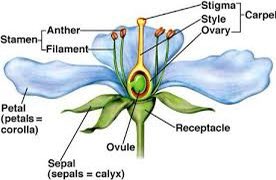
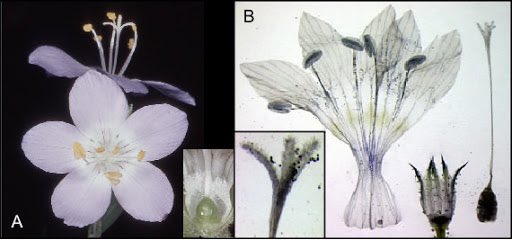
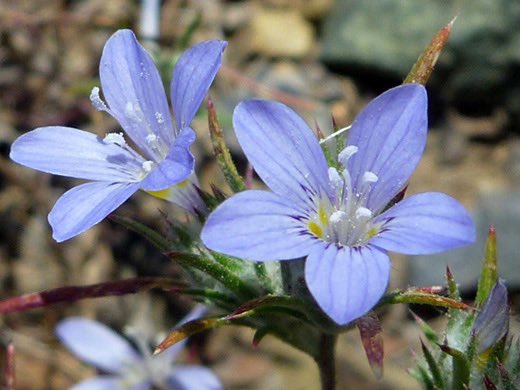
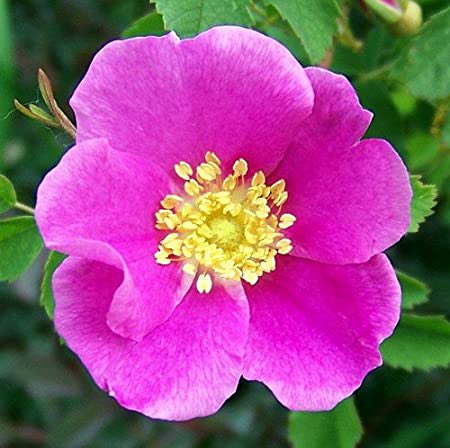
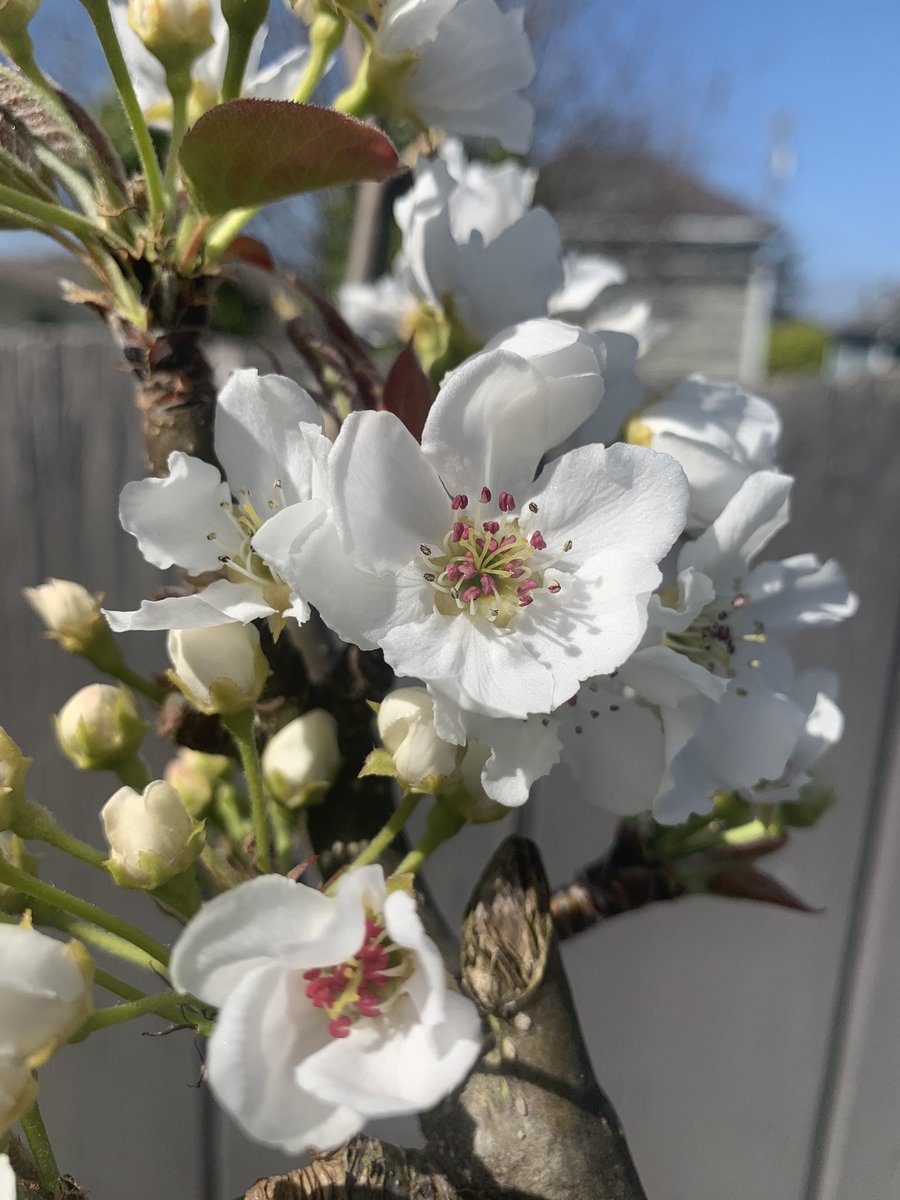
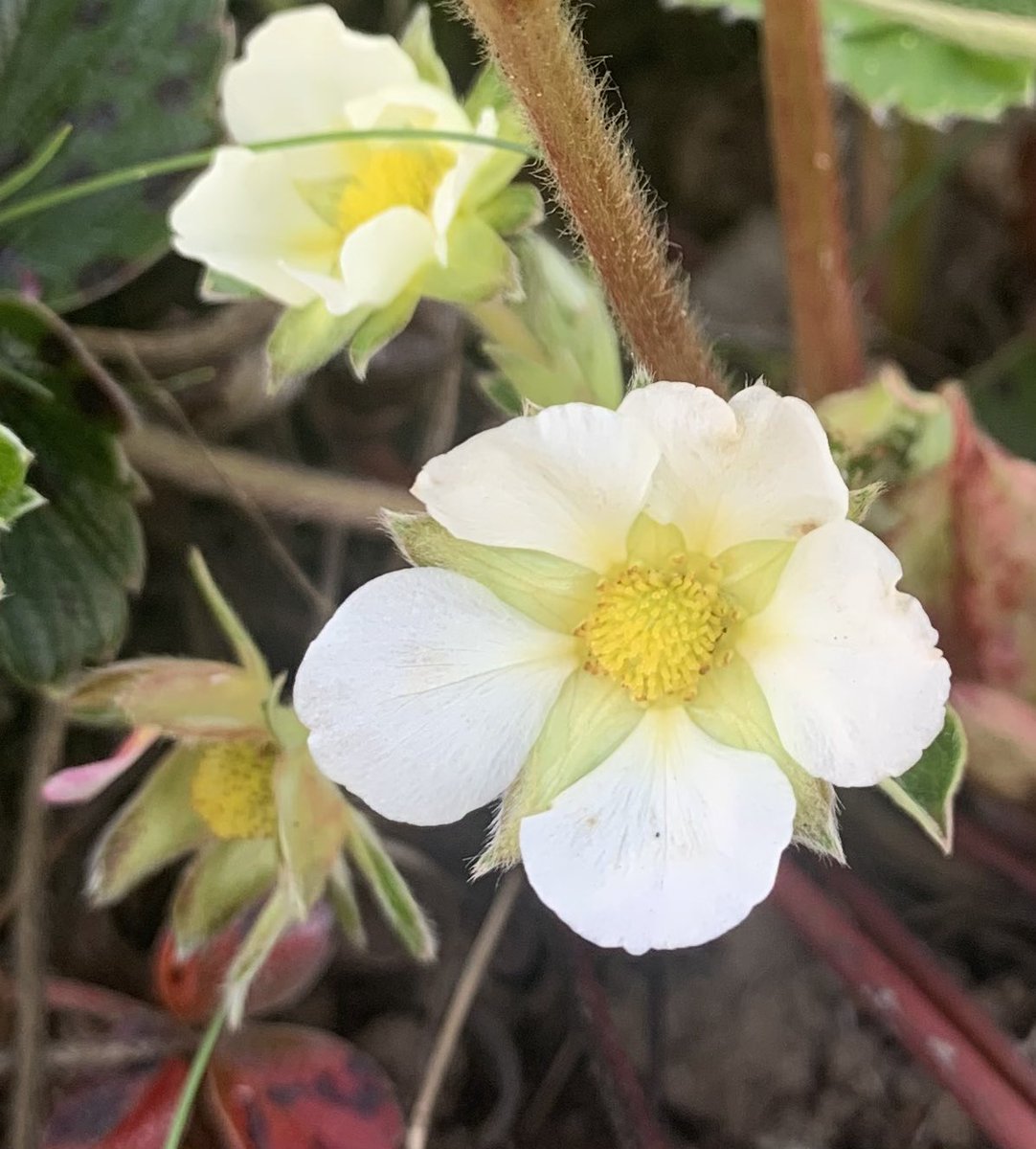
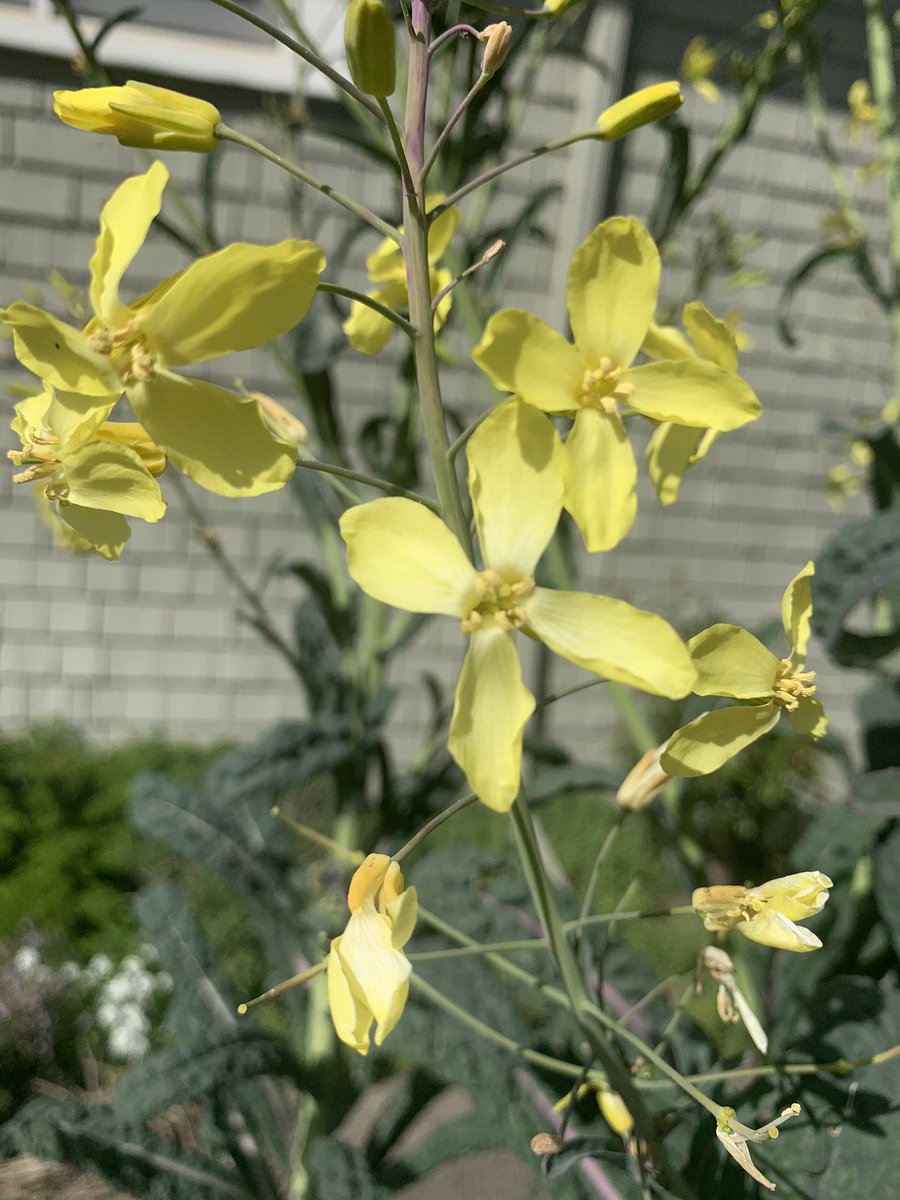
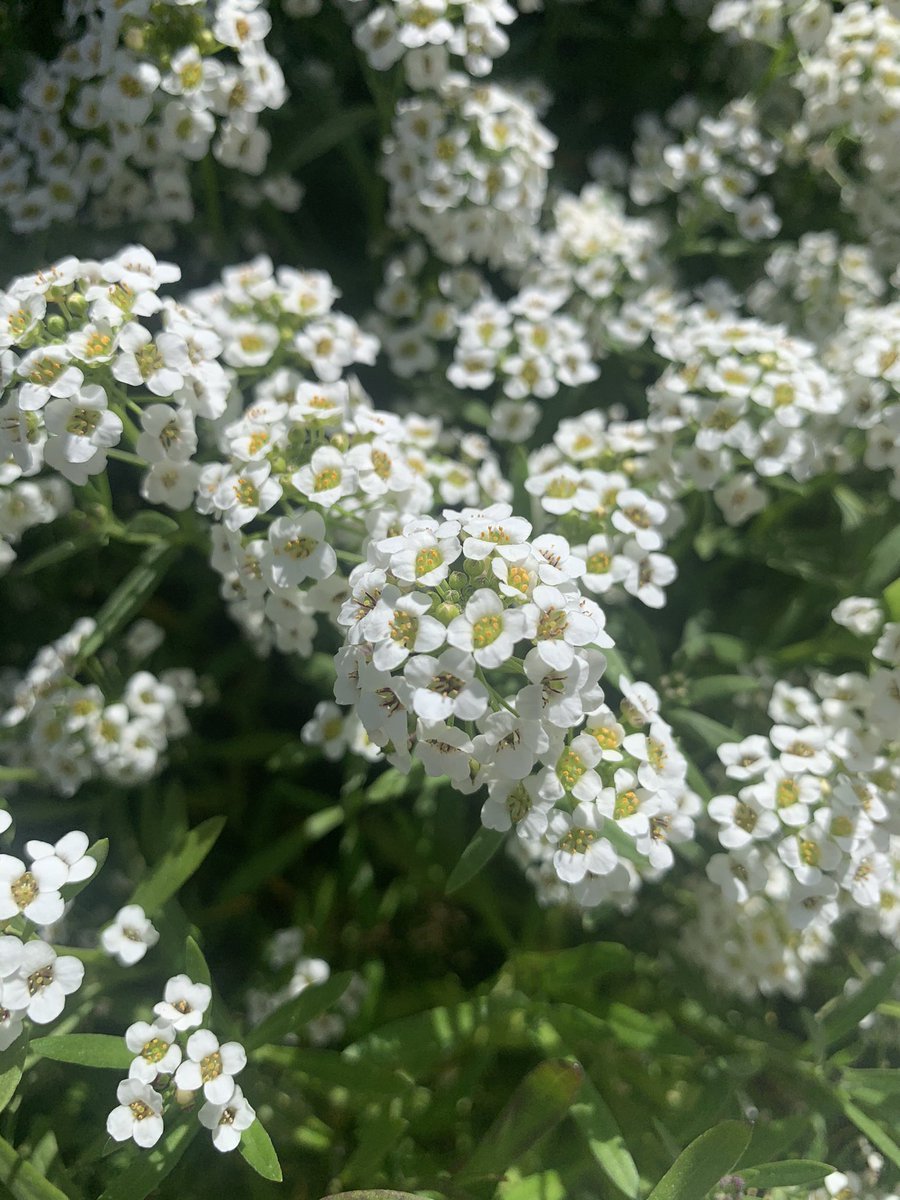
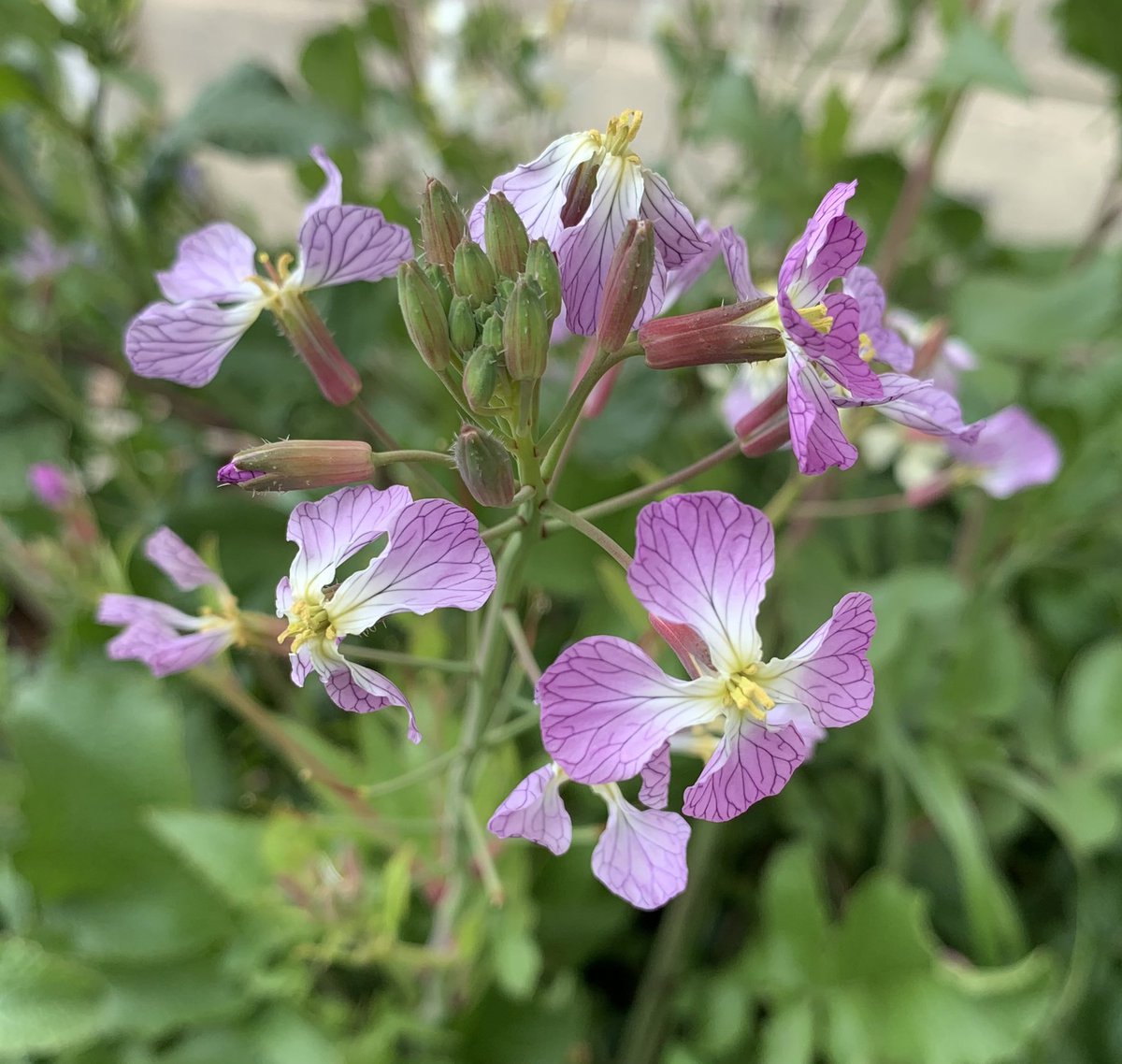
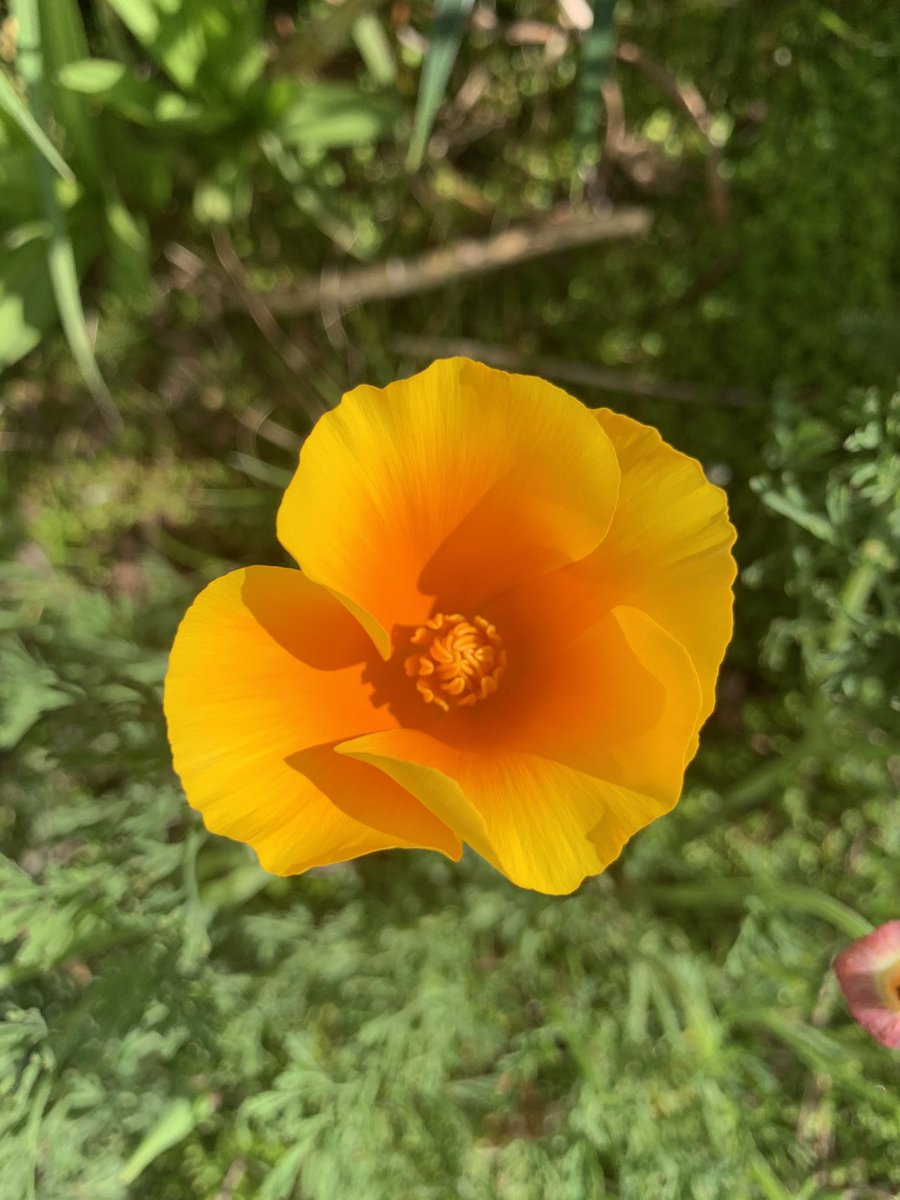
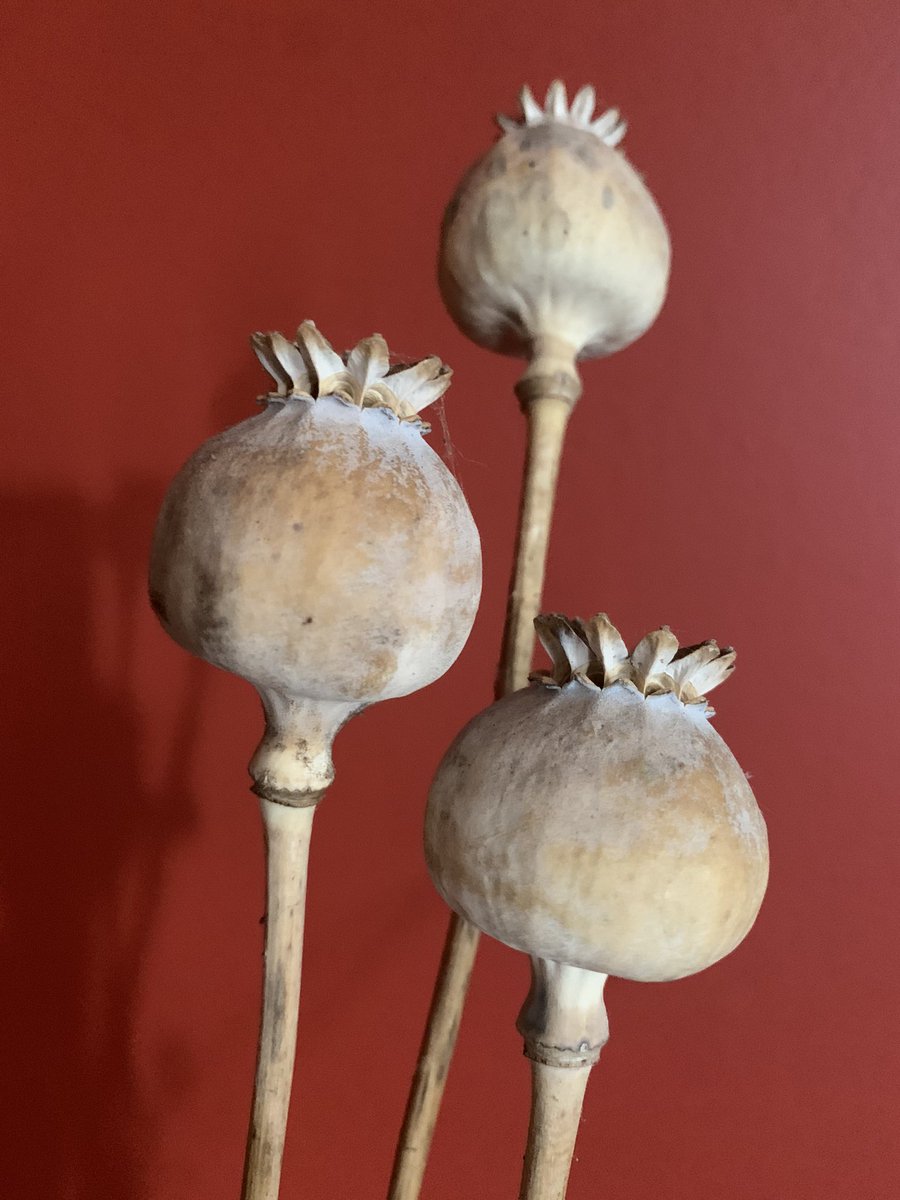
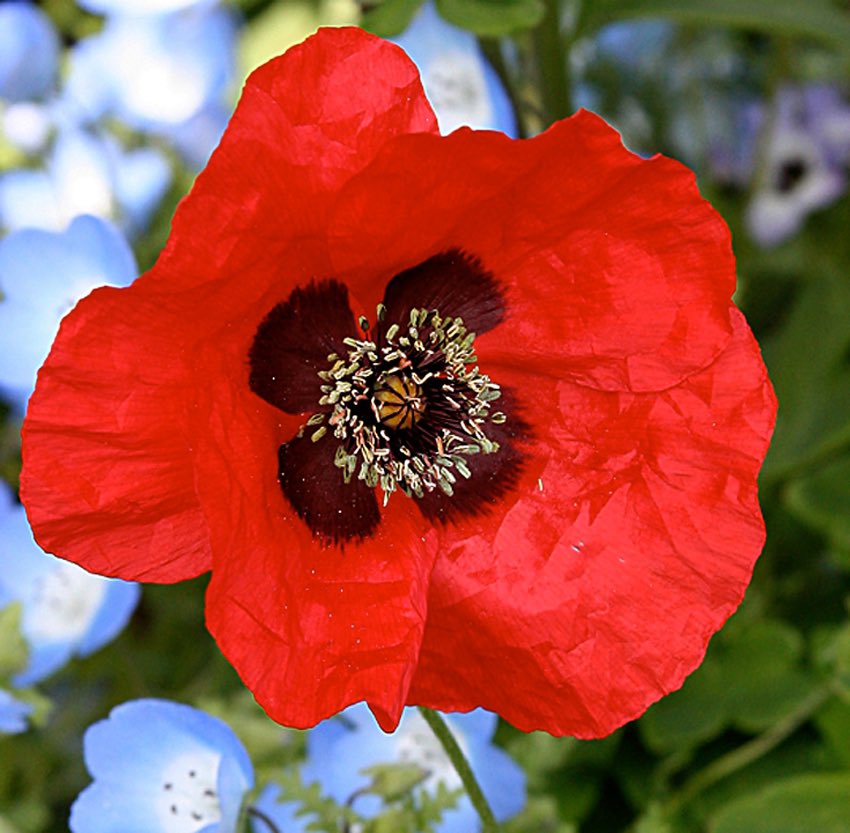
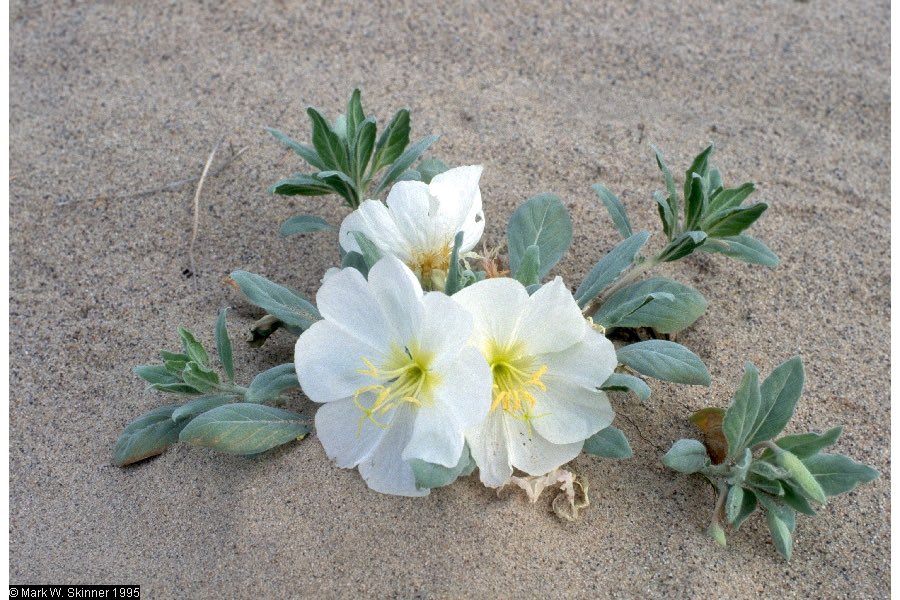
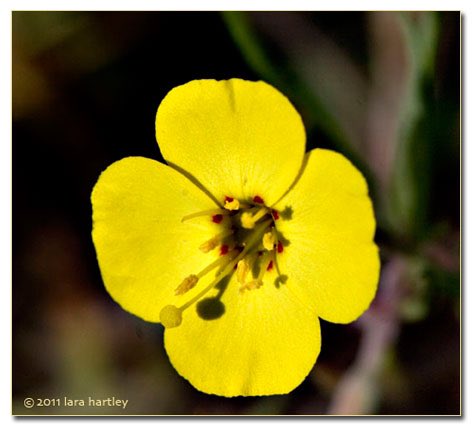
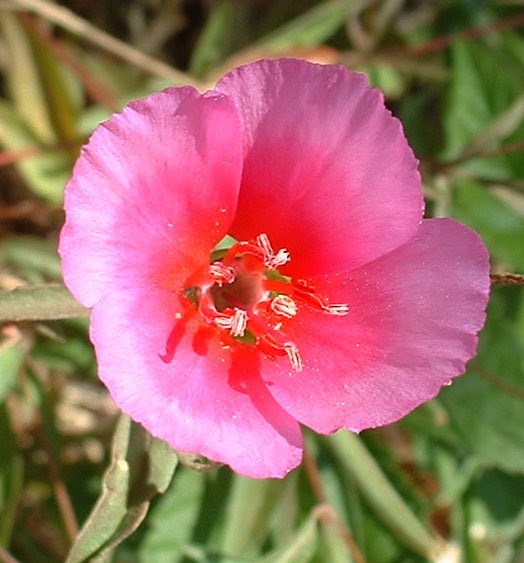
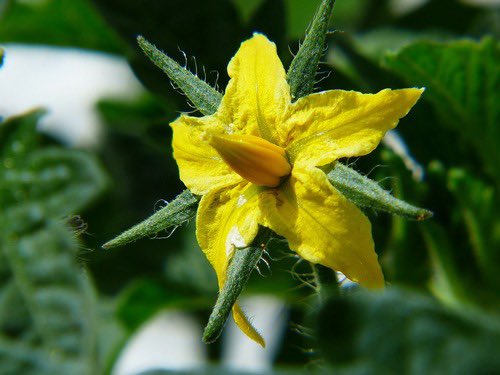
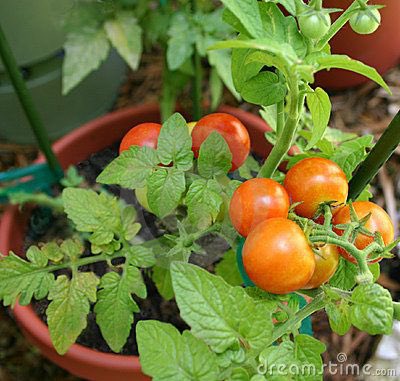
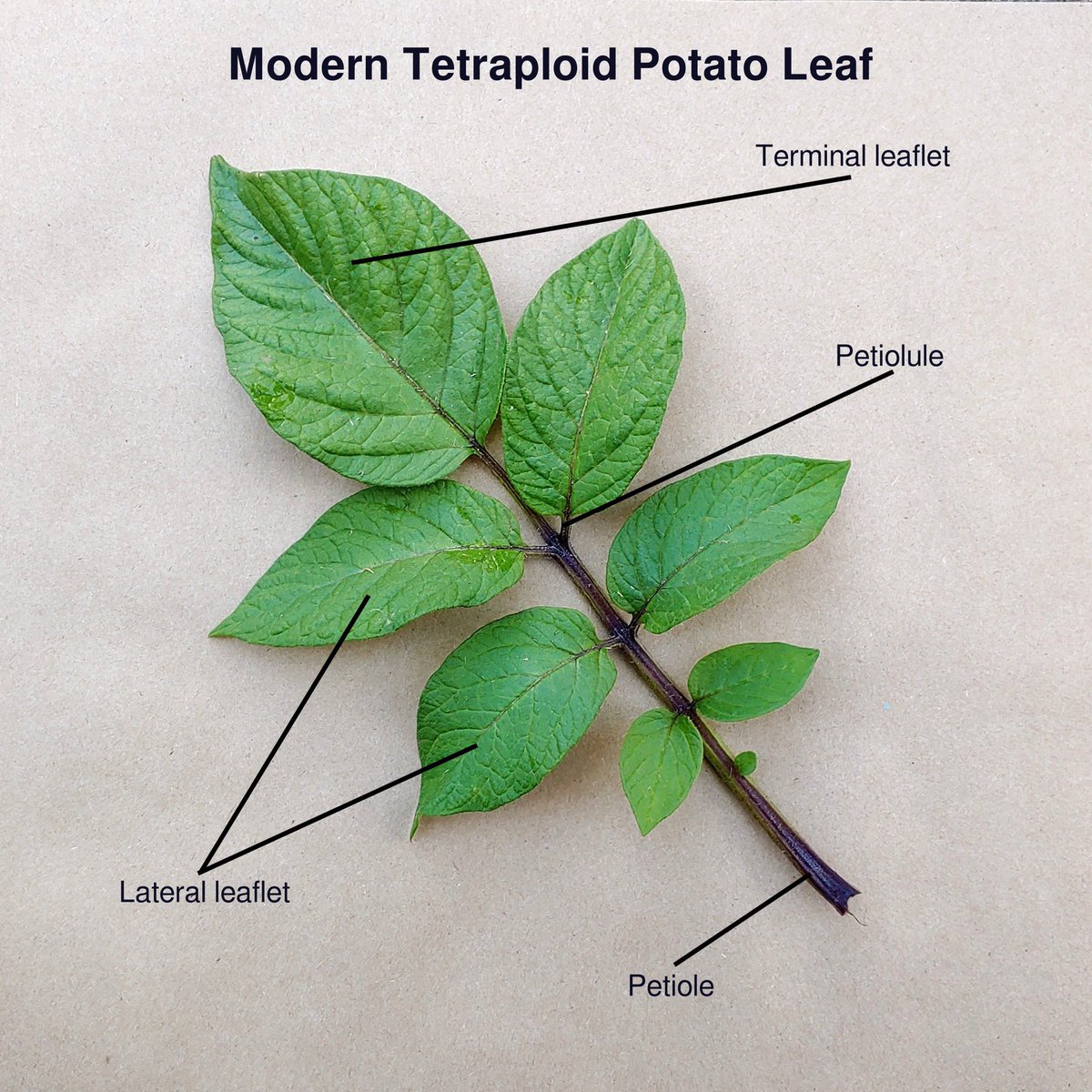
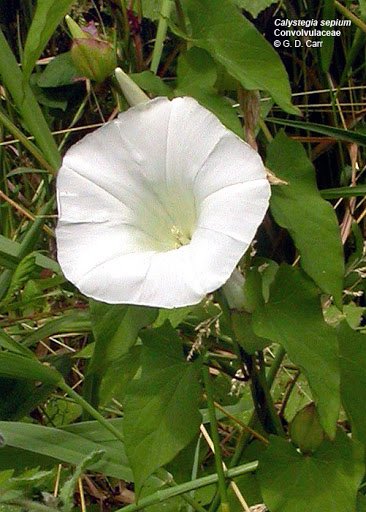
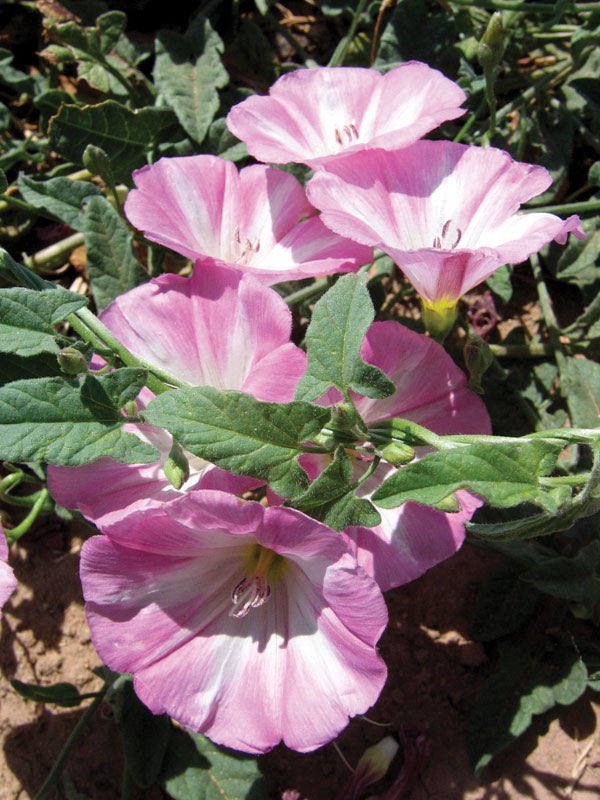
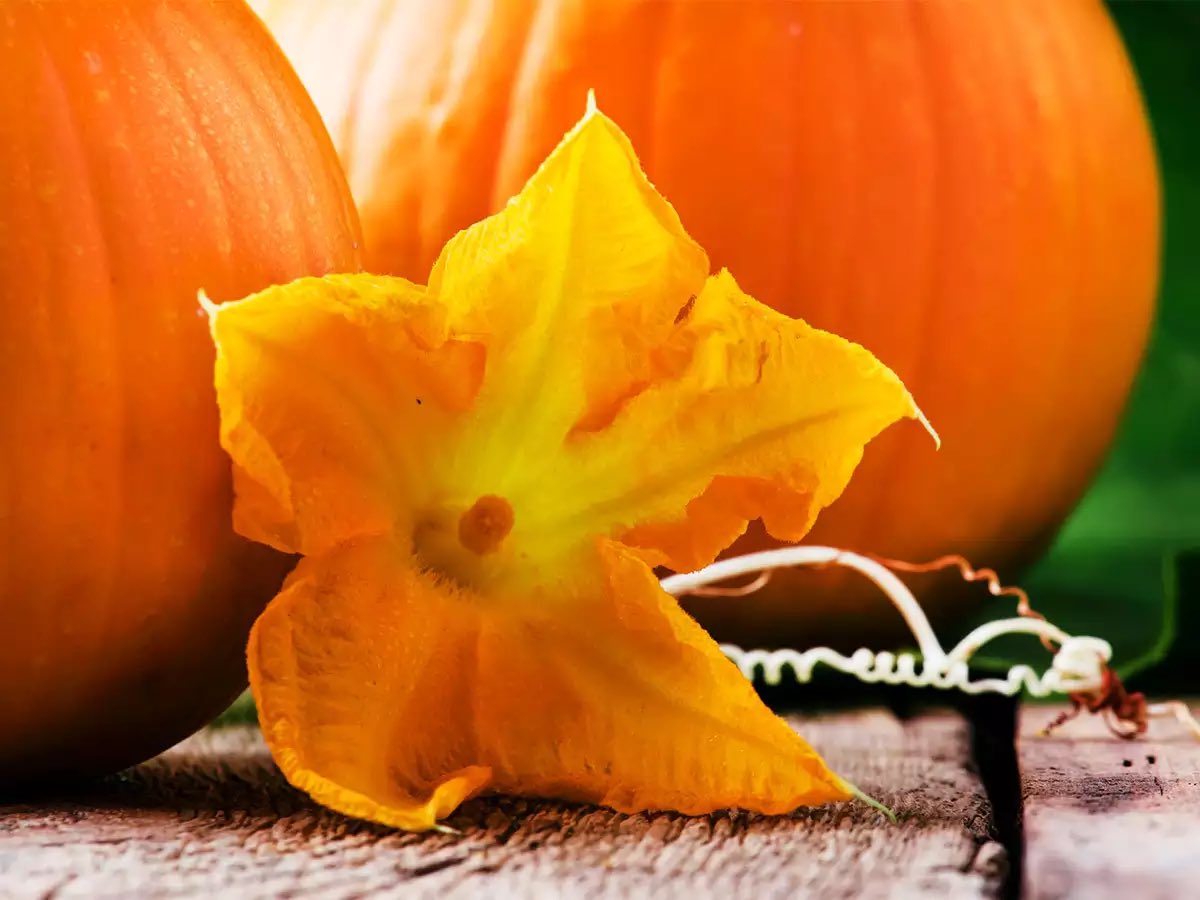 leaves and curly tendrils to help them climb. Fruits are thick skinned squashes (pepos). Flowers are often large, yellow and delicious." title="9. Cucurbitaceae is the squash family. Plants are vines with palmate https://abs.twimg.com/emoji/v2/... draggable="false" alt="🍁" title="Ahornblatt" aria-label="Emoji: Ahornblatt">leaves and curly tendrils to help them climb. Fruits are thick skinned squashes (pepos). Flowers are often large, yellow and delicious.">
leaves and curly tendrils to help them climb. Fruits are thick skinned squashes (pepos). Flowers are often large, yellow and delicious." title="9. Cucurbitaceae is the squash family. Plants are vines with palmate https://abs.twimg.com/emoji/v2/... draggable="false" alt="🍁" title="Ahornblatt" aria-label="Emoji: Ahornblatt">leaves and curly tendrils to help them climb. Fruits are thick skinned squashes (pepos). Flowers are often large, yellow and delicious.">
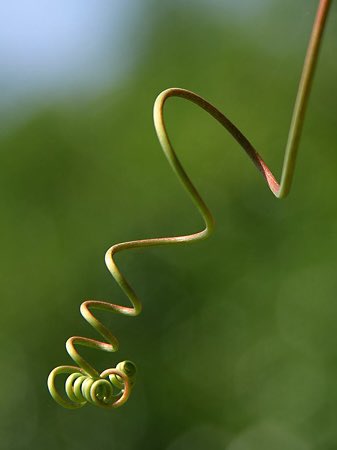 leaves and curly tendrils to help them climb. Fruits are thick skinned squashes (pepos). Flowers are often large, yellow and delicious." title="9. Cucurbitaceae is the squash family. Plants are vines with palmate https://abs.twimg.com/emoji/v2/... draggable="false" alt="🍁" title="Ahornblatt" aria-label="Emoji: Ahornblatt">leaves and curly tendrils to help them climb. Fruits are thick skinned squashes (pepos). Flowers are often large, yellow and delicious.">
leaves and curly tendrils to help them climb. Fruits are thick skinned squashes (pepos). Flowers are often large, yellow and delicious." title="9. Cucurbitaceae is the squash family. Plants are vines with palmate https://abs.twimg.com/emoji/v2/... draggable="false" alt="🍁" title="Ahornblatt" aria-label="Emoji: Ahornblatt">leaves and curly tendrils to help them climb. Fruits are thick skinned squashes (pepos). Flowers are often large, yellow and delicious.">
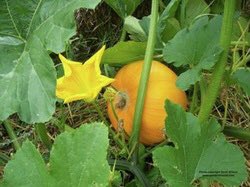 leaves and curly tendrils to help them climb. Fruits are thick skinned squashes (pepos). Flowers are often large, yellow and delicious." title="9. Cucurbitaceae is the squash family. Plants are vines with palmate https://abs.twimg.com/emoji/v2/... draggable="false" alt="🍁" title="Ahornblatt" aria-label="Emoji: Ahornblatt">leaves and curly tendrils to help them climb. Fruits are thick skinned squashes (pepos). Flowers are often large, yellow and delicious.">
leaves and curly tendrils to help them climb. Fruits are thick skinned squashes (pepos). Flowers are often large, yellow and delicious." title="9. Cucurbitaceae is the squash family. Plants are vines with palmate https://abs.twimg.com/emoji/v2/... draggable="false" alt="🍁" title="Ahornblatt" aria-label="Emoji: Ahornblatt">leaves and curly tendrils to help them climb. Fruits are thick skinned squashes (pepos). Flowers are often large, yellow and delicious.">
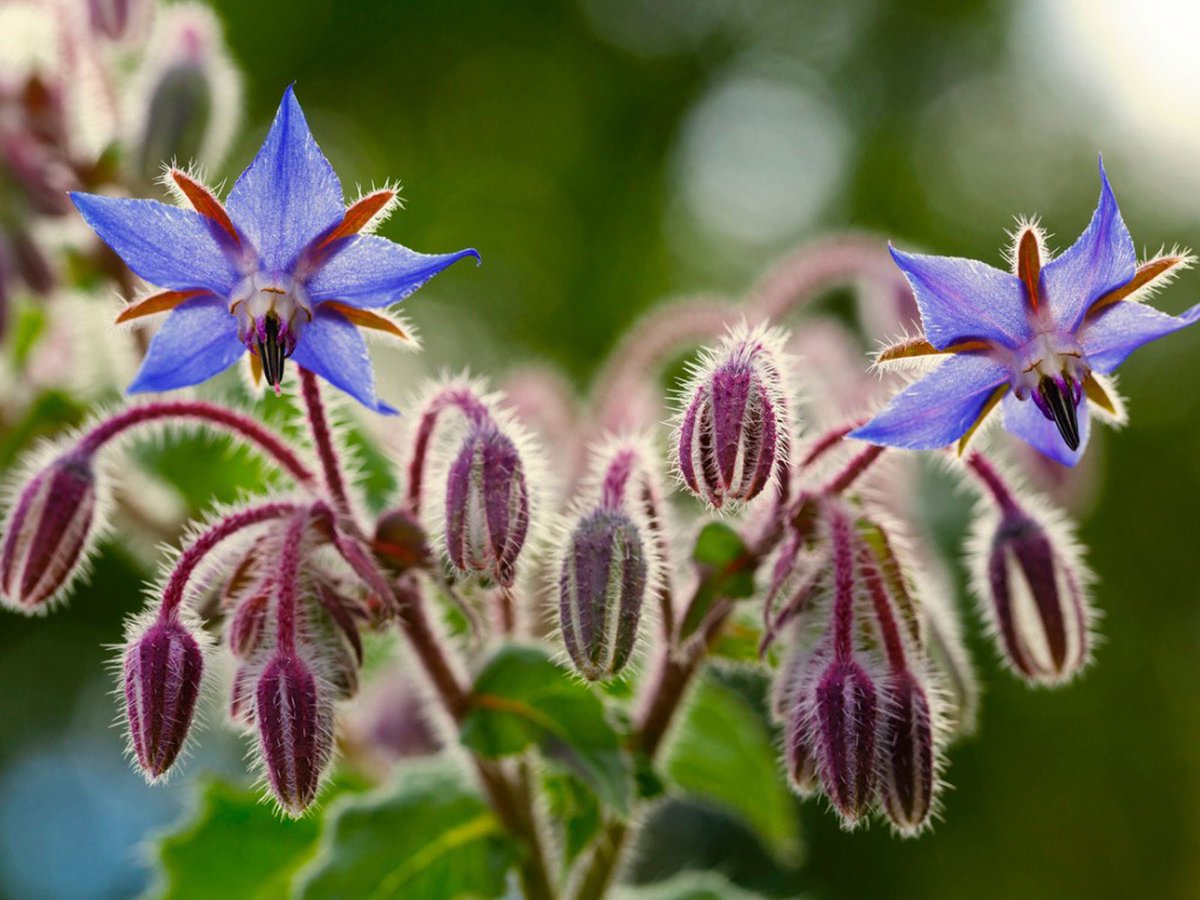
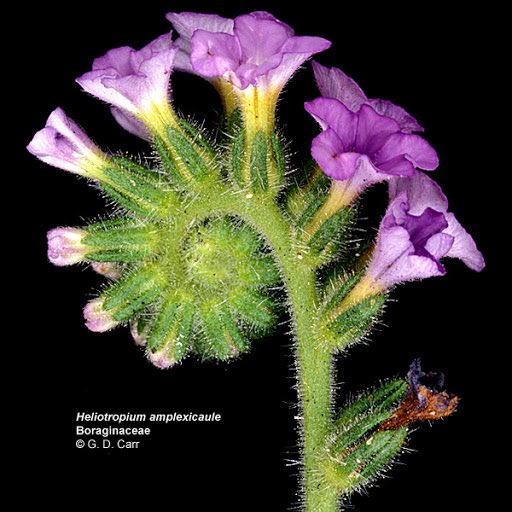
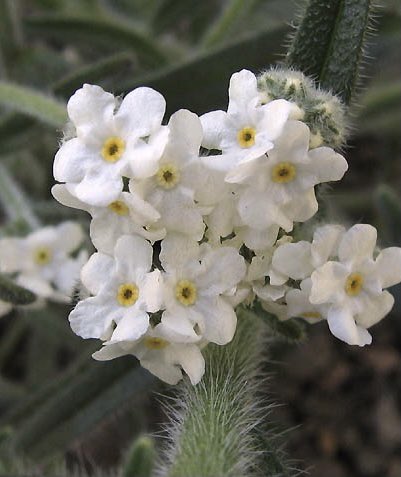
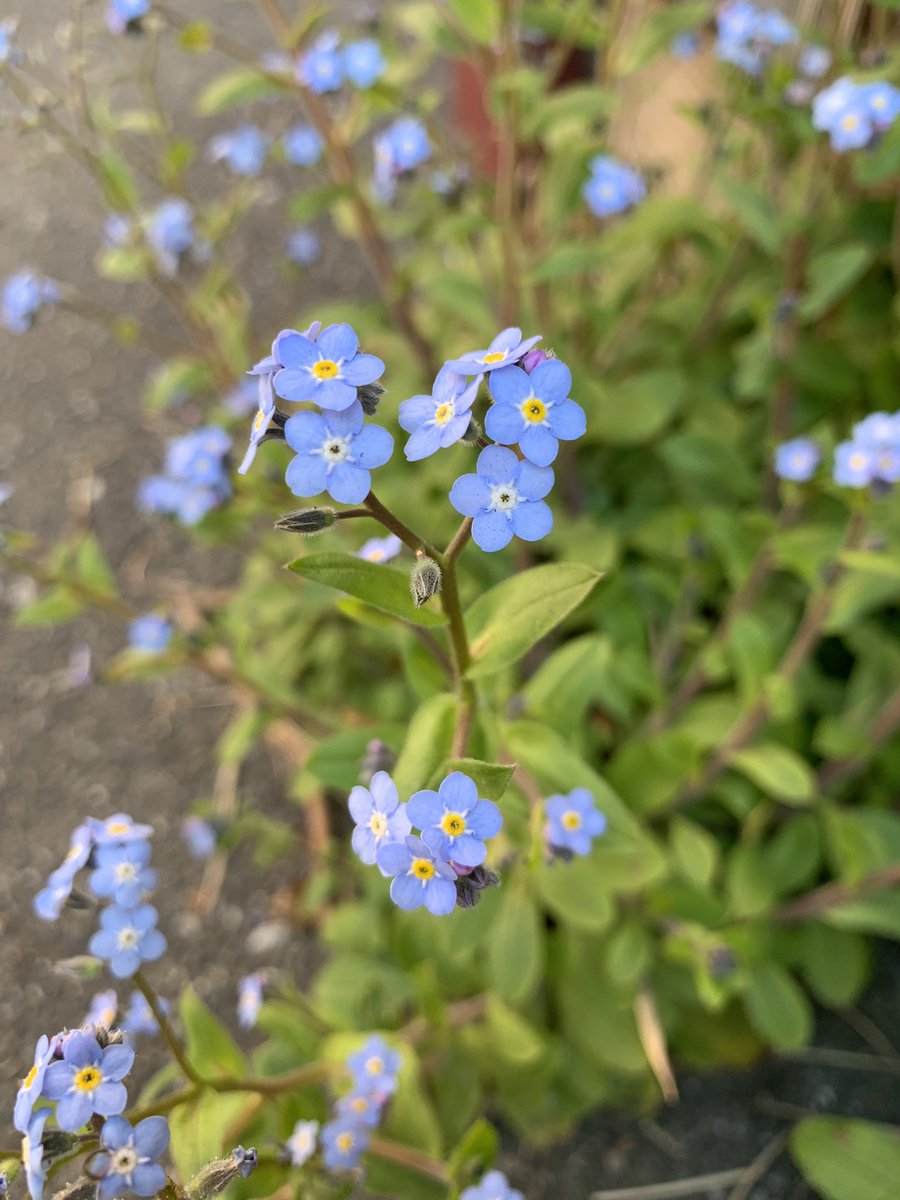
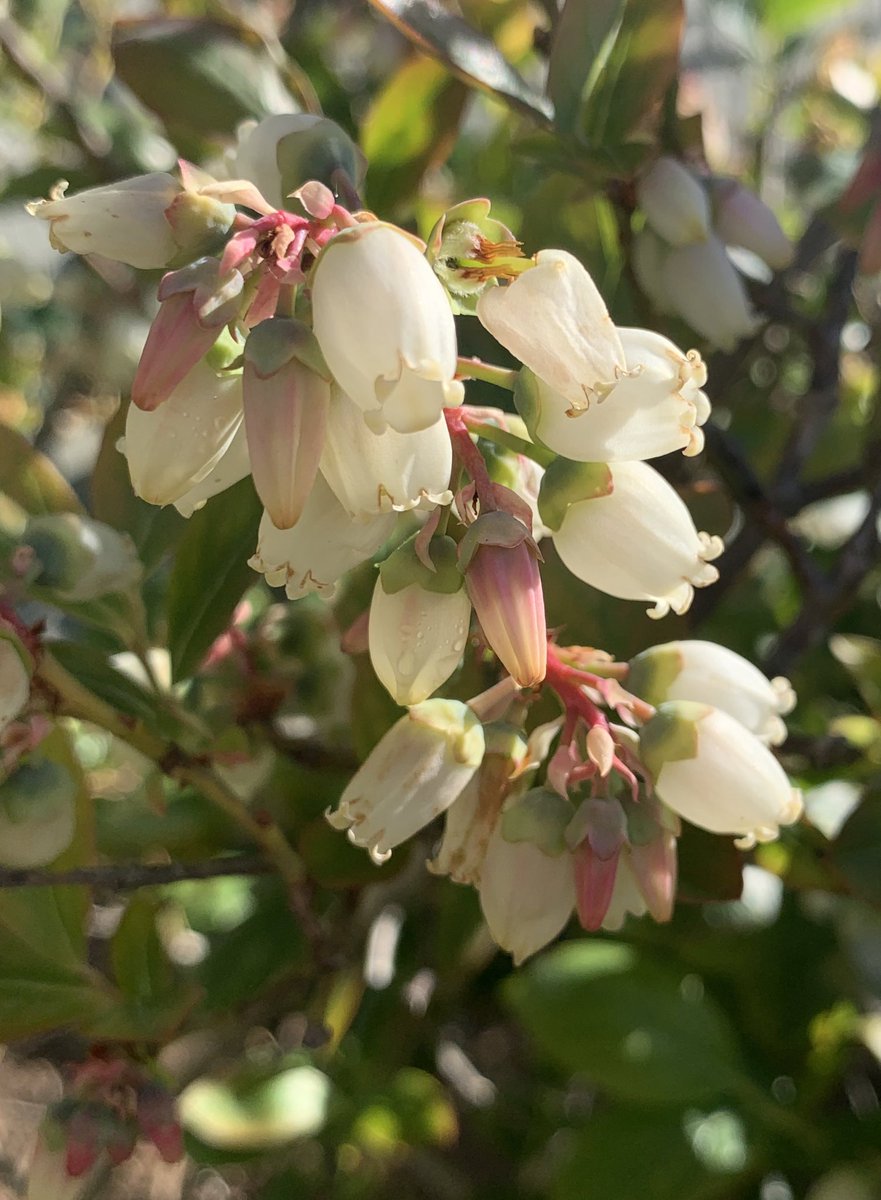
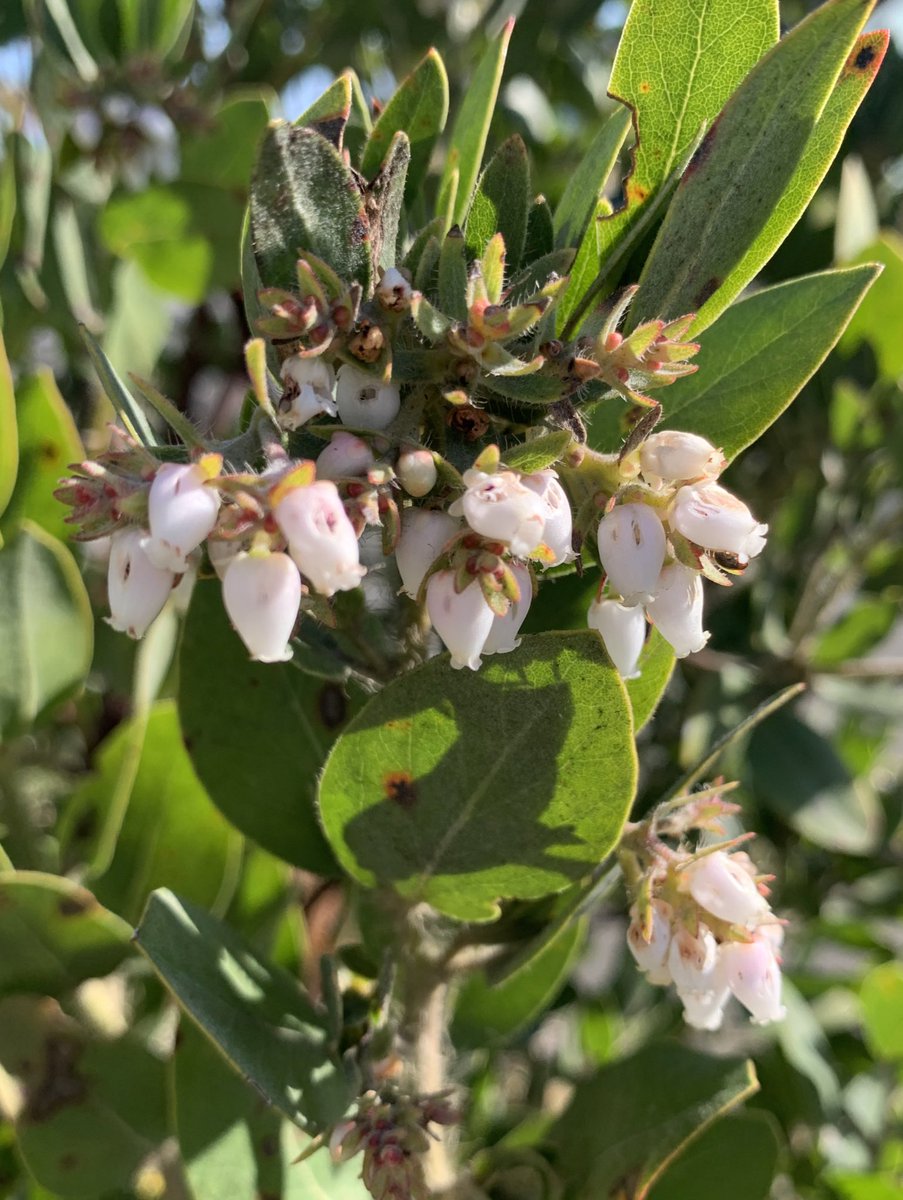
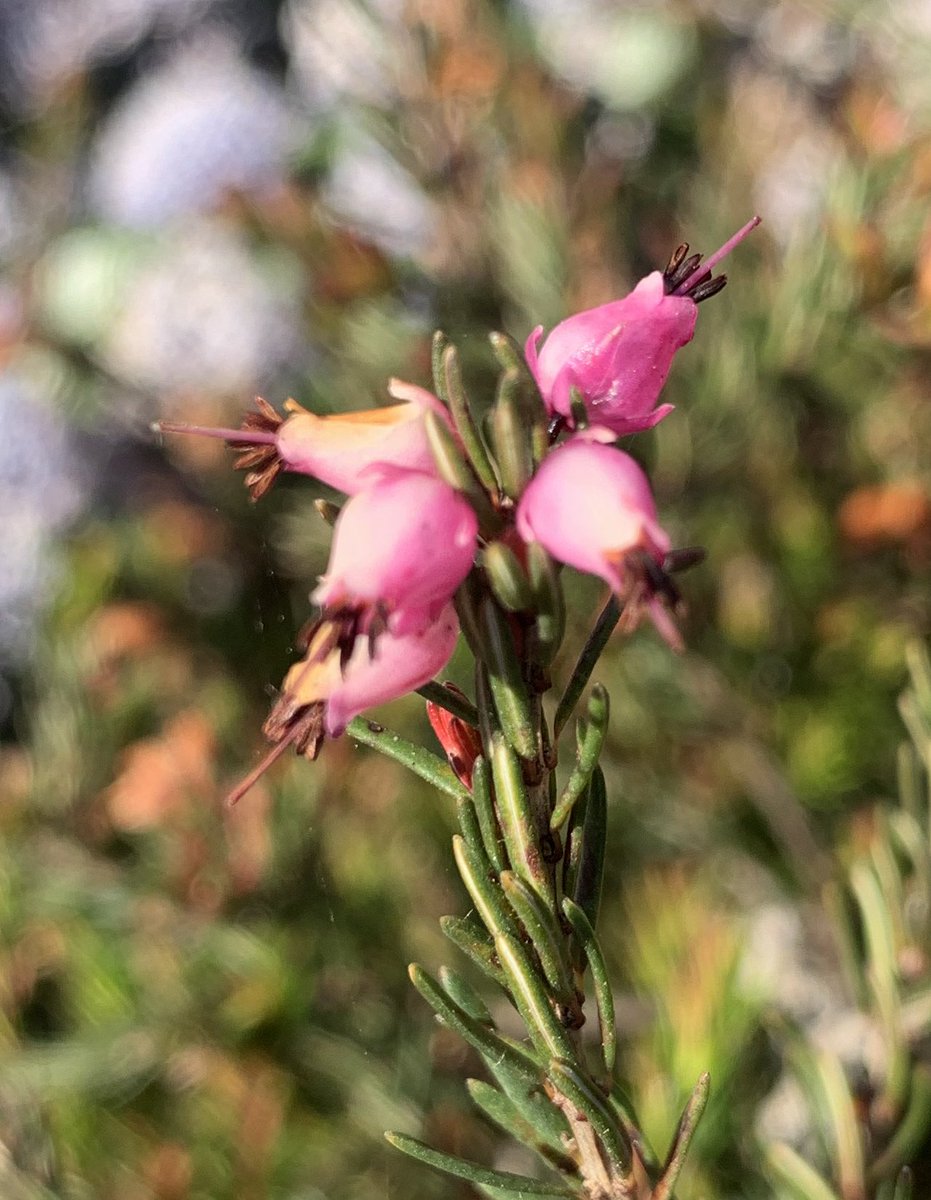
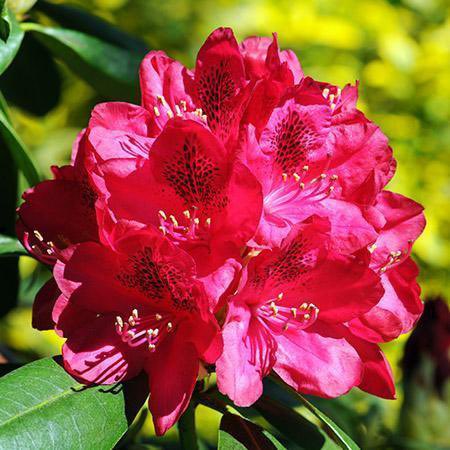
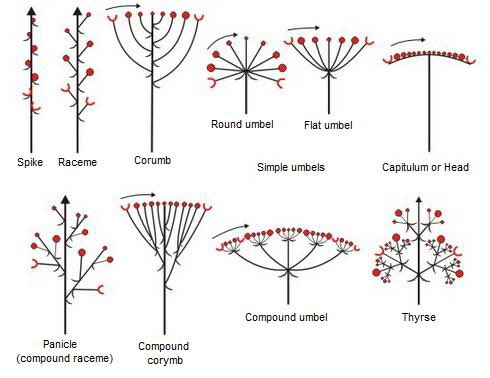
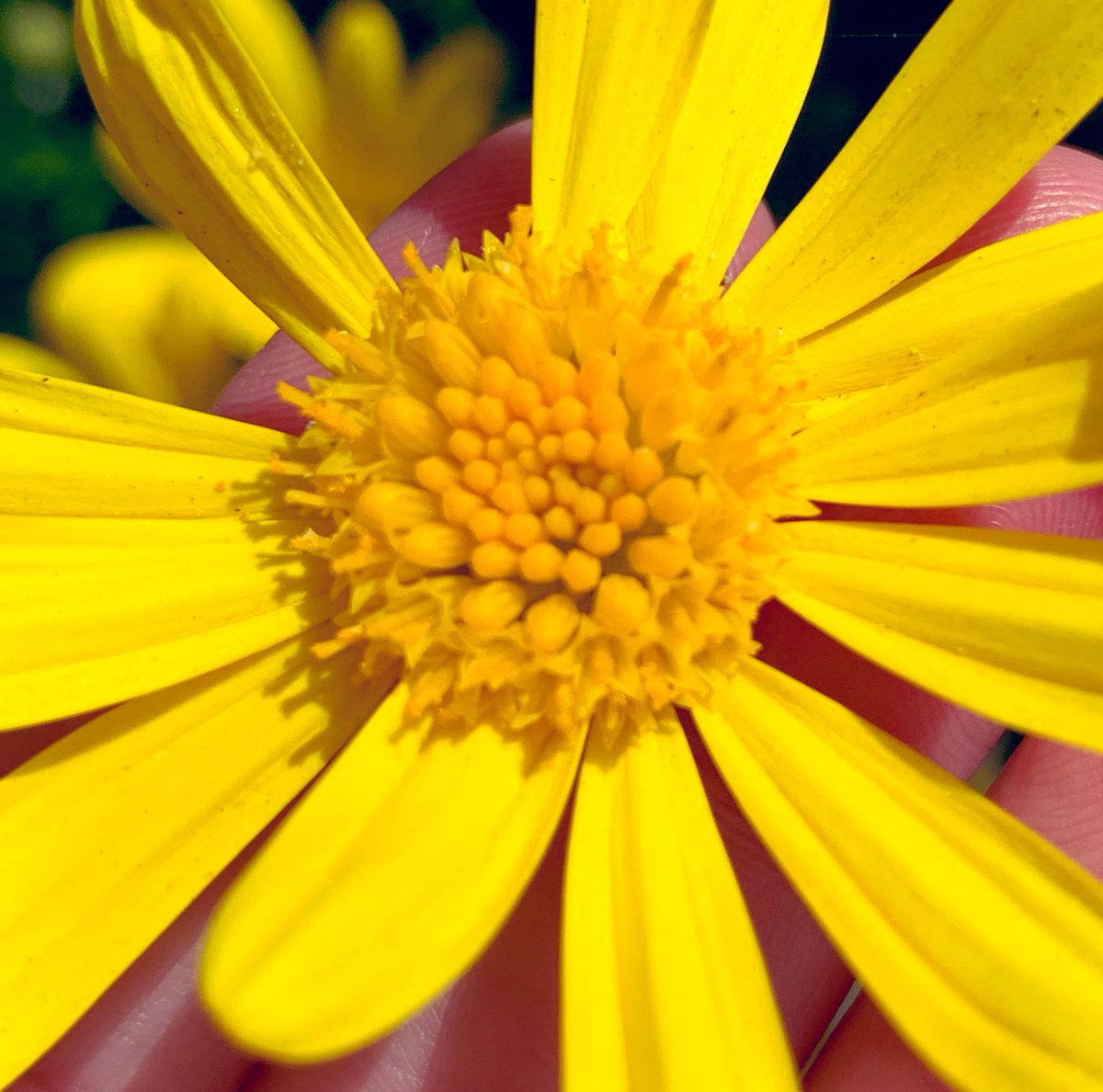
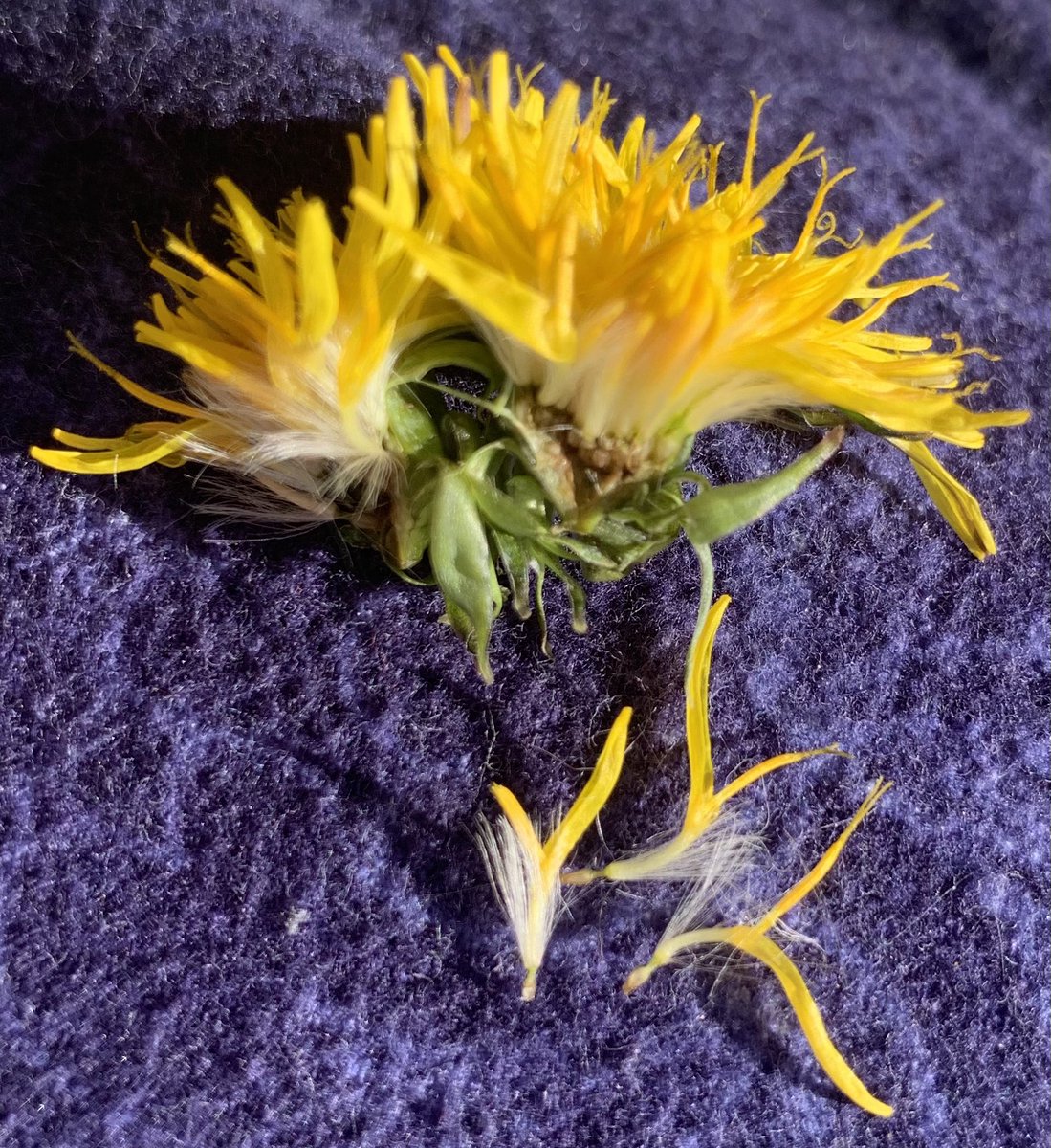
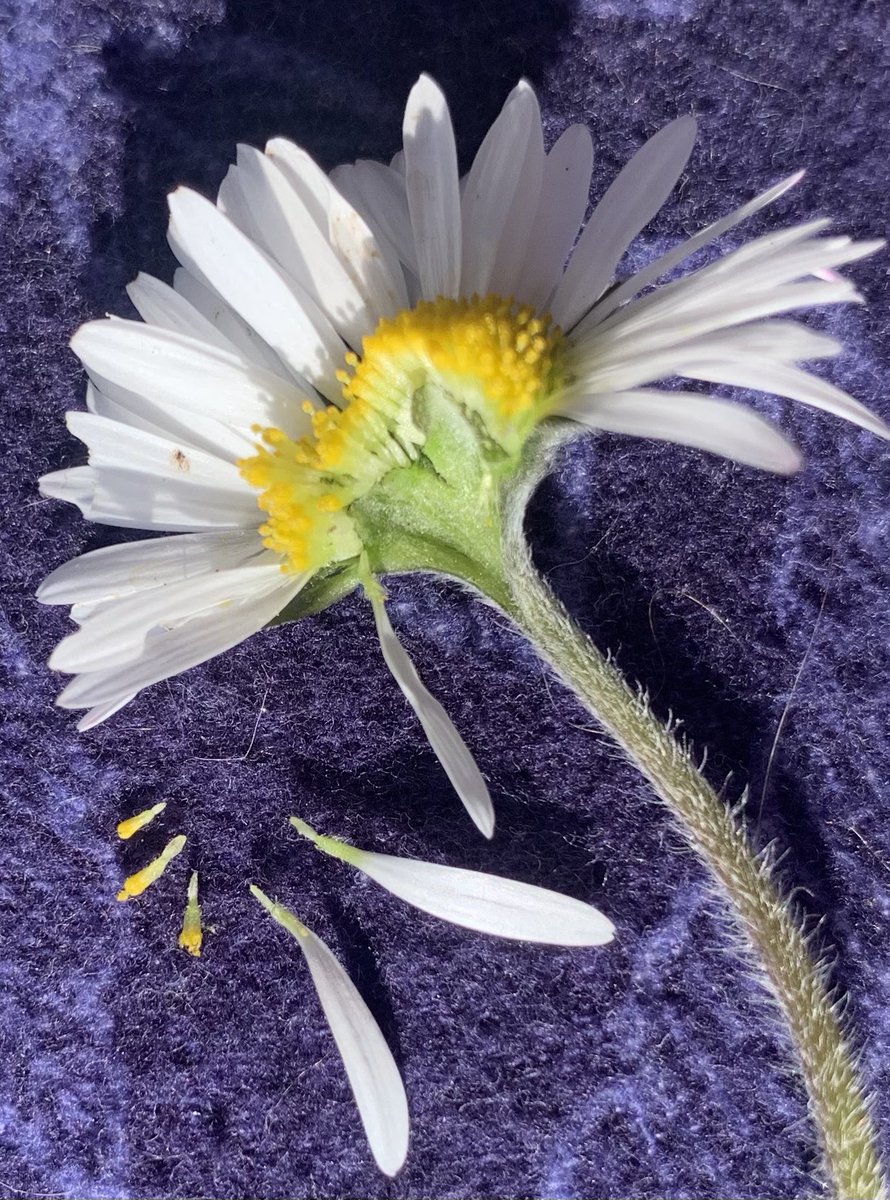
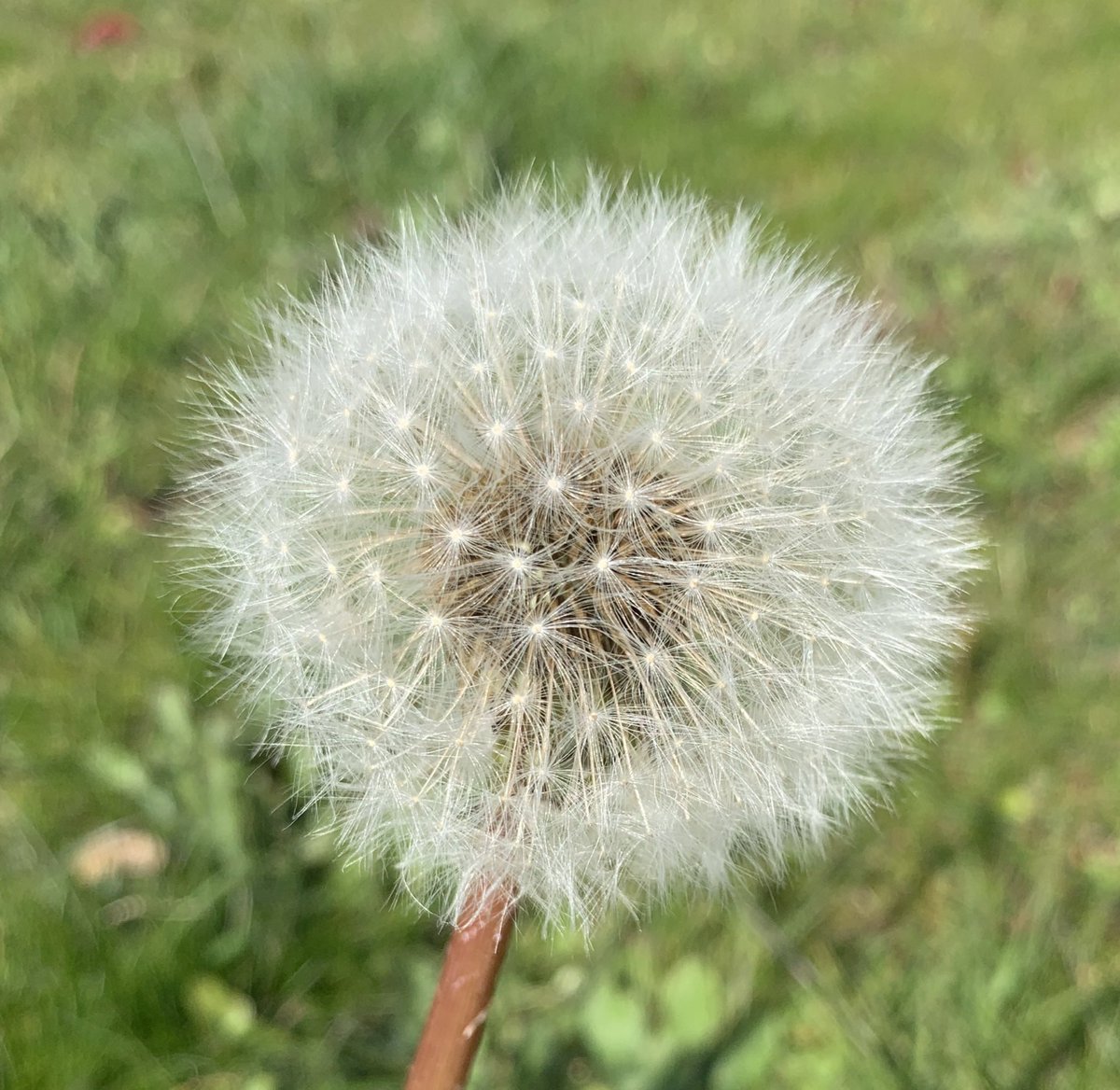
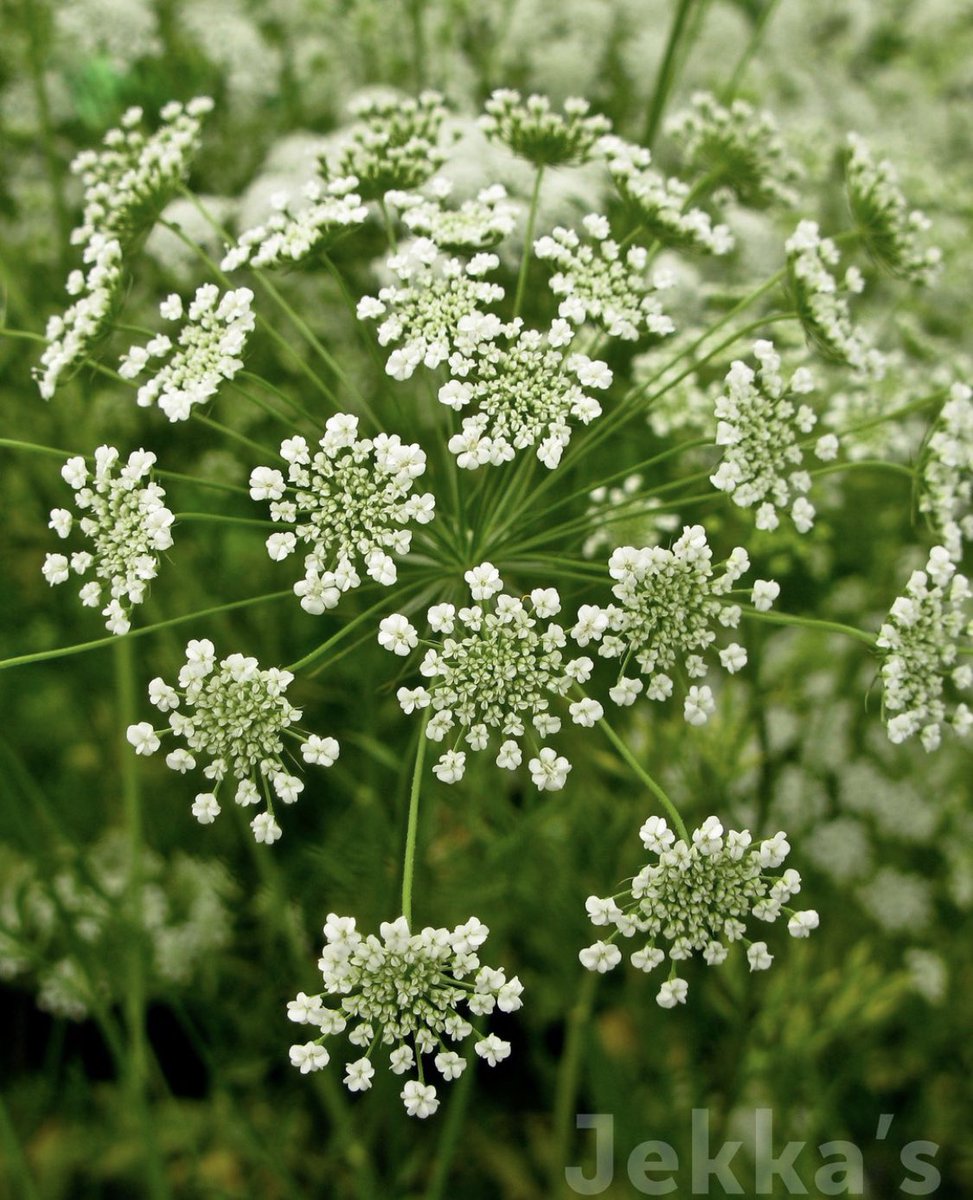
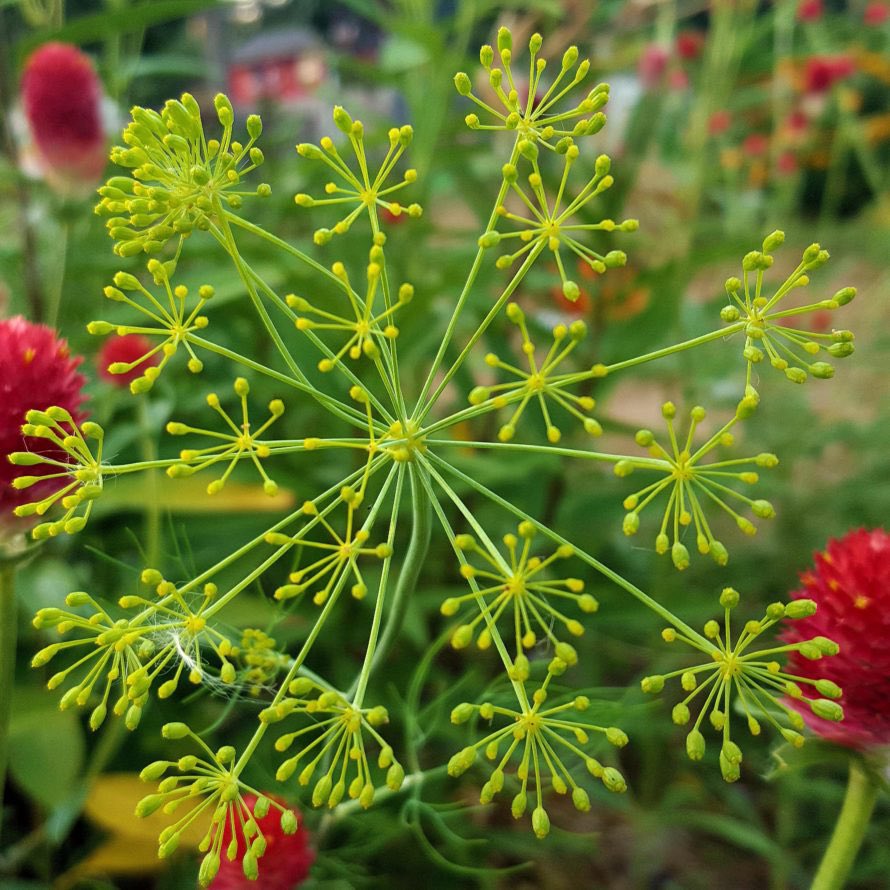
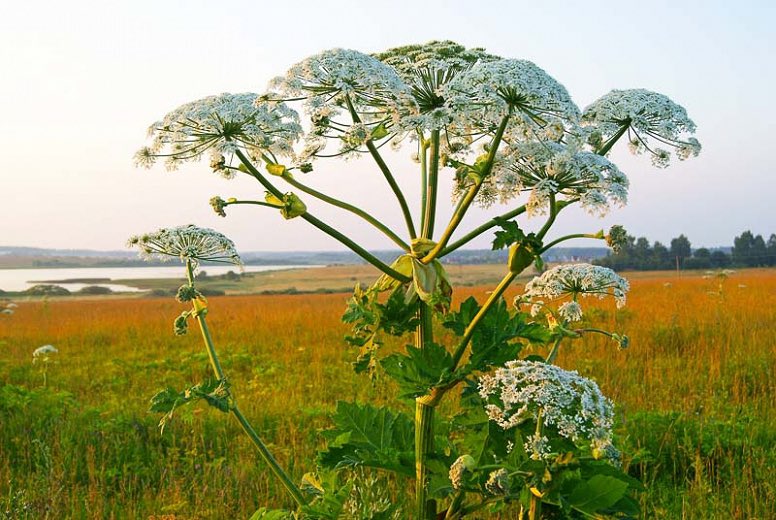
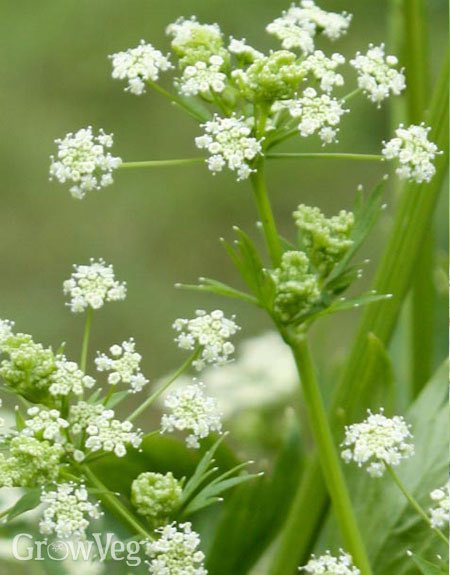
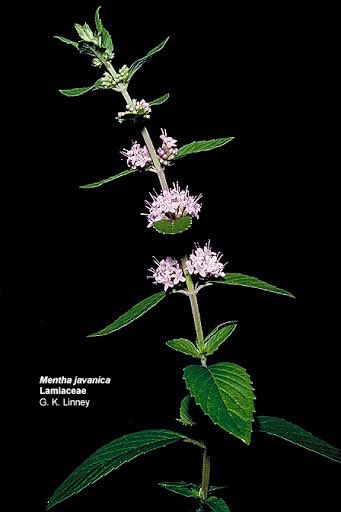

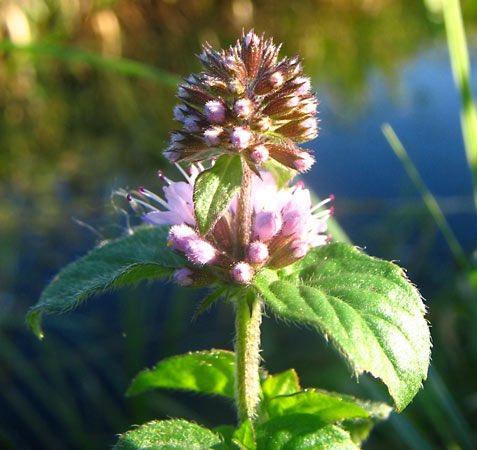
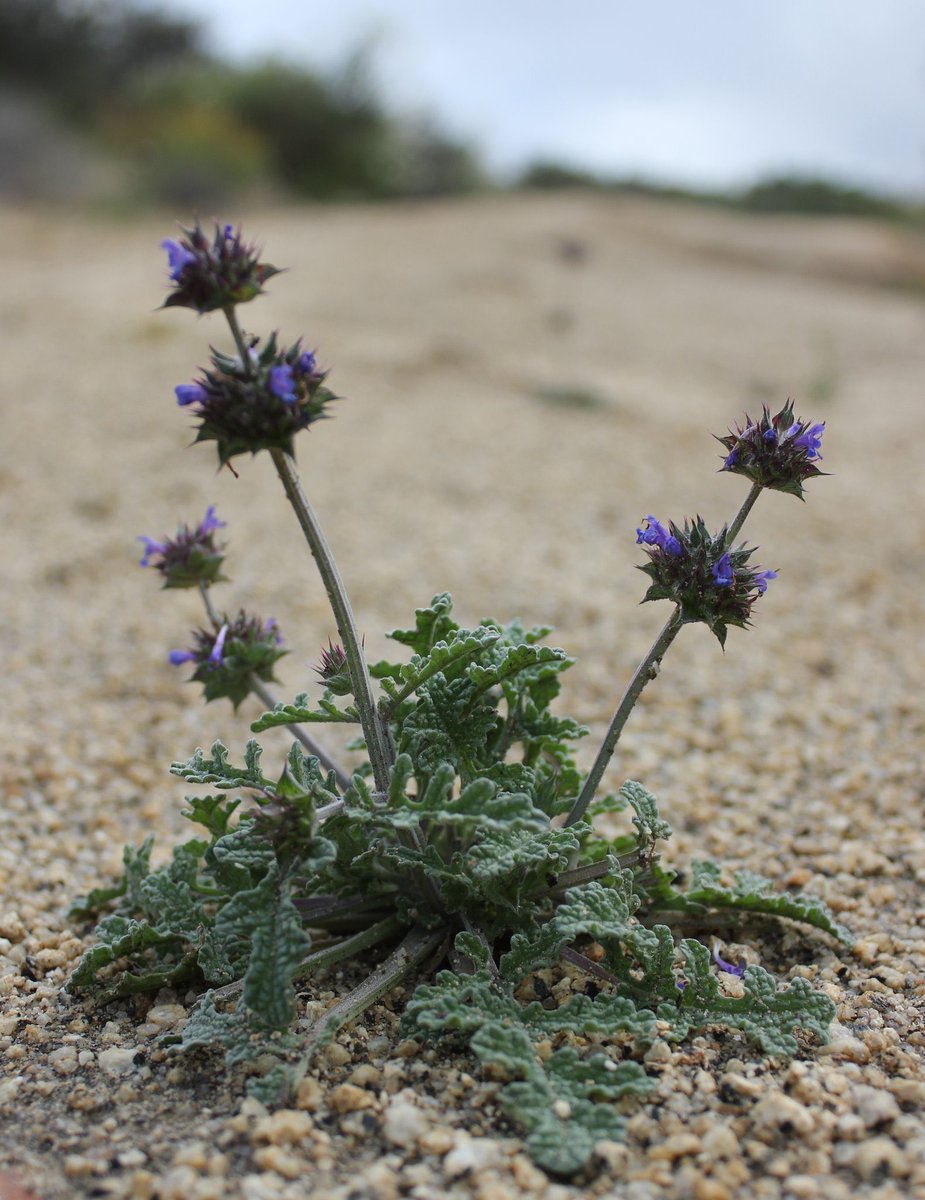
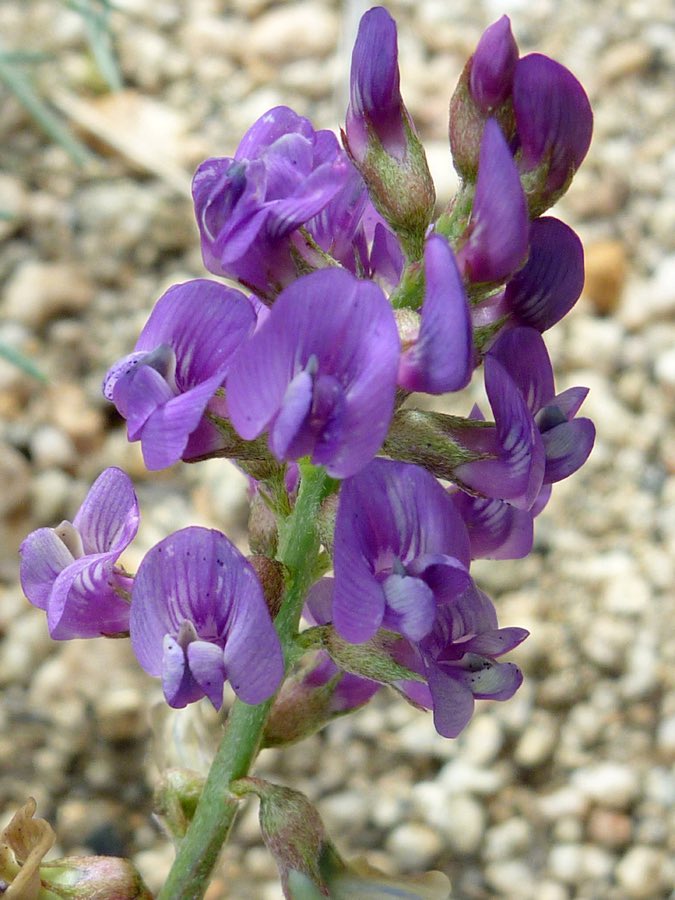
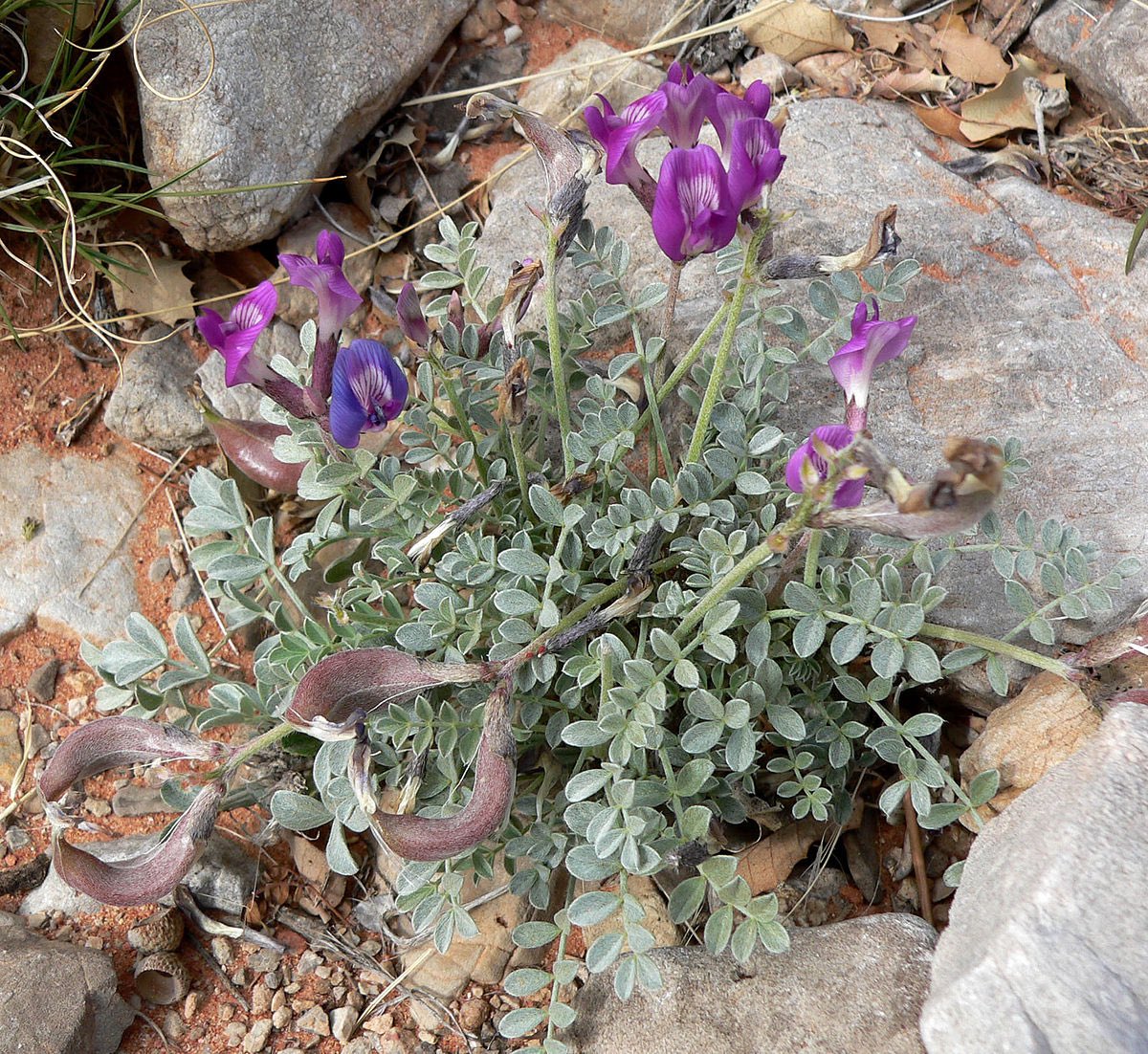
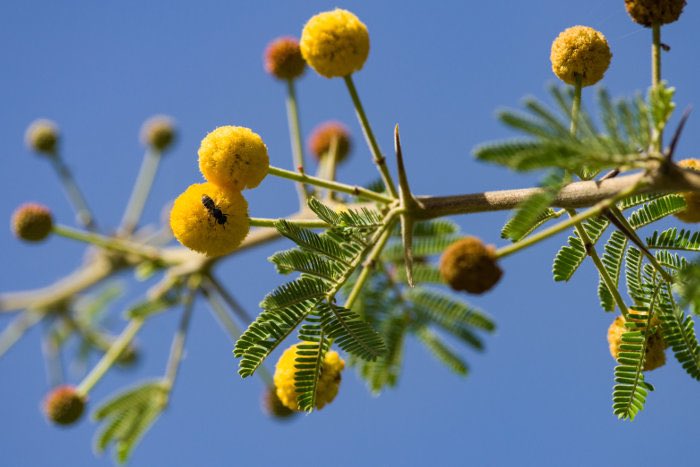
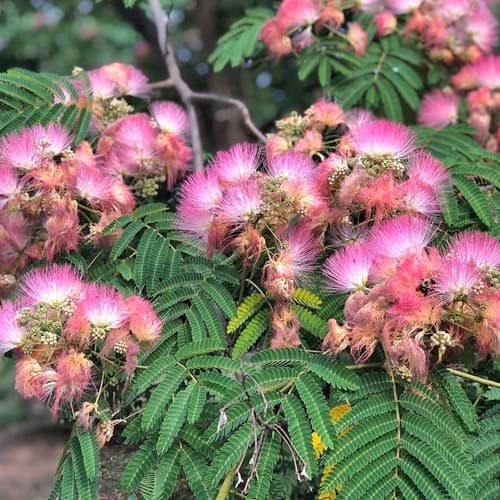
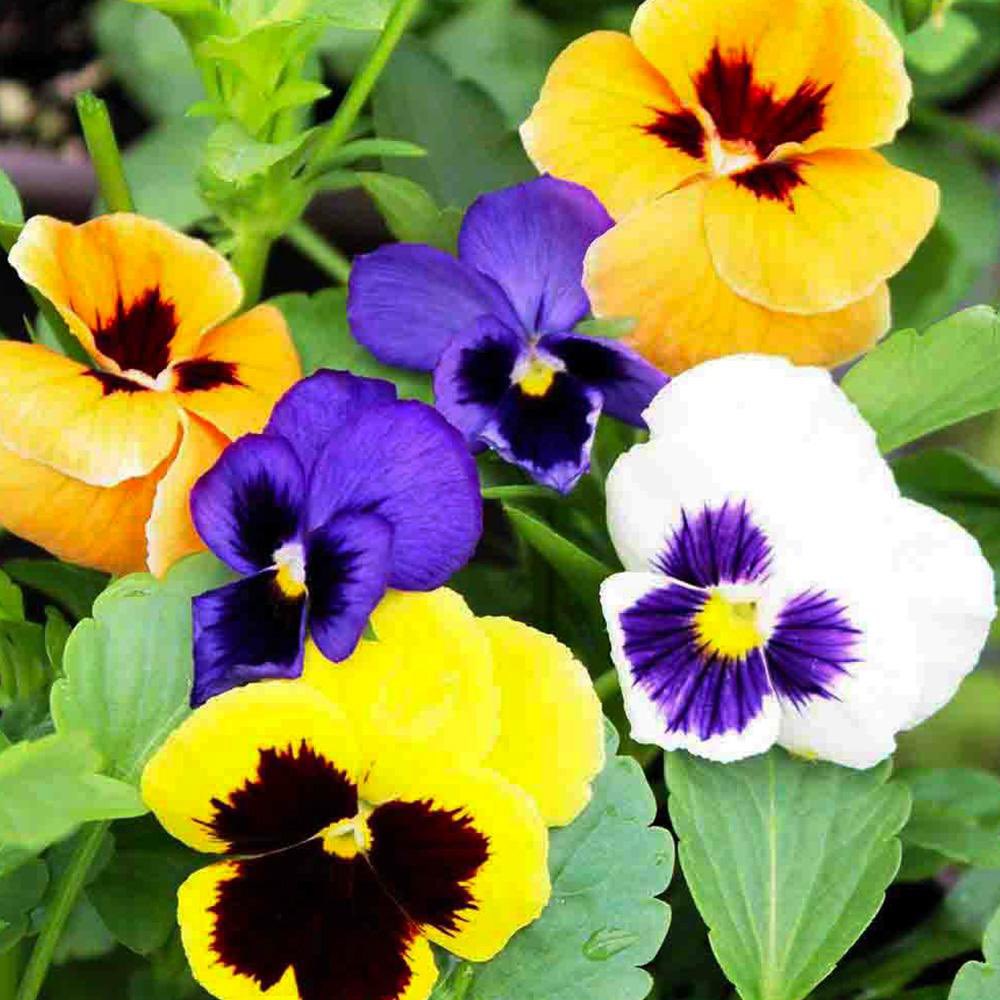 ) and leaves are heart shaped (cordate https://abs.twimg.com/emoji/v2/... draggable="false" alt="❤️" title="Rotes Herz" aria-label="Emoji: Rotes Herz">). (Only mentioned in this series because it’s neither legume nor orchid.)" title="17. Violaceae is a small family that is mainly known for pansies and violets. Flowers are bilaterally symmetrical (can be divided down the middle into two halves https://abs.twimg.com/emoji/v2/... draggable="false" alt="❤️" title="Rotes Herz" aria-label="Emoji: Rotes Herz">) and leaves are heart shaped (cordate https://abs.twimg.com/emoji/v2/... draggable="false" alt="❤️" title="Rotes Herz" aria-label="Emoji: Rotes Herz">). (Only mentioned in this series because it’s neither legume nor orchid.)">
) and leaves are heart shaped (cordate https://abs.twimg.com/emoji/v2/... draggable="false" alt="❤️" title="Rotes Herz" aria-label="Emoji: Rotes Herz">). (Only mentioned in this series because it’s neither legume nor orchid.)" title="17. Violaceae is a small family that is mainly known for pansies and violets. Flowers are bilaterally symmetrical (can be divided down the middle into two halves https://abs.twimg.com/emoji/v2/... draggable="false" alt="❤️" title="Rotes Herz" aria-label="Emoji: Rotes Herz">) and leaves are heart shaped (cordate https://abs.twimg.com/emoji/v2/... draggable="false" alt="❤️" title="Rotes Herz" aria-label="Emoji: Rotes Herz">). (Only mentioned in this series because it’s neither legume nor orchid.)">
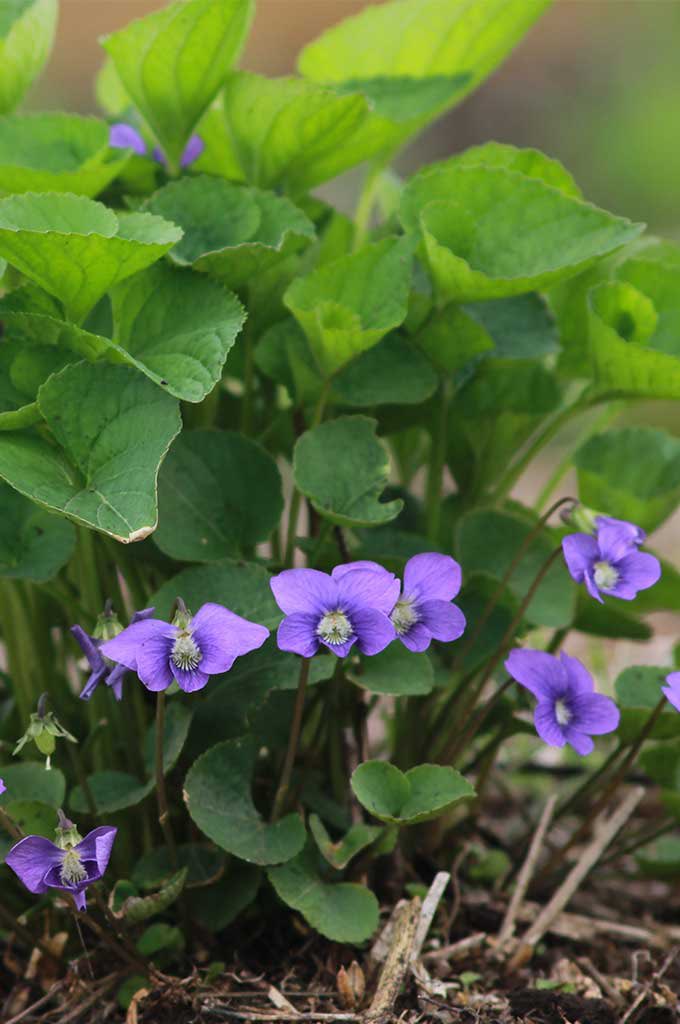 ) and leaves are heart shaped (cordate https://abs.twimg.com/emoji/v2/... draggable="false" alt="❤️" title="Rotes Herz" aria-label="Emoji: Rotes Herz">). (Only mentioned in this series because it’s neither legume nor orchid.)" title="17. Violaceae is a small family that is mainly known for pansies and violets. Flowers are bilaterally symmetrical (can be divided down the middle into two halves https://abs.twimg.com/emoji/v2/... draggable="false" alt="❤️" title="Rotes Herz" aria-label="Emoji: Rotes Herz">) and leaves are heart shaped (cordate https://abs.twimg.com/emoji/v2/... draggable="false" alt="❤️" title="Rotes Herz" aria-label="Emoji: Rotes Herz">). (Only mentioned in this series because it’s neither legume nor orchid.)">
) and leaves are heart shaped (cordate https://abs.twimg.com/emoji/v2/... draggable="false" alt="❤️" title="Rotes Herz" aria-label="Emoji: Rotes Herz">). (Only mentioned in this series because it’s neither legume nor orchid.)" title="17. Violaceae is a small family that is mainly known for pansies and violets. Flowers are bilaterally symmetrical (can be divided down the middle into two halves https://abs.twimg.com/emoji/v2/... draggable="false" alt="❤️" title="Rotes Herz" aria-label="Emoji: Rotes Herz">) and leaves are heart shaped (cordate https://abs.twimg.com/emoji/v2/... draggable="false" alt="❤️" title="Rotes Herz" aria-label="Emoji: Rotes Herz">). (Only mentioned in this series because it’s neither legume nor orchid.)">
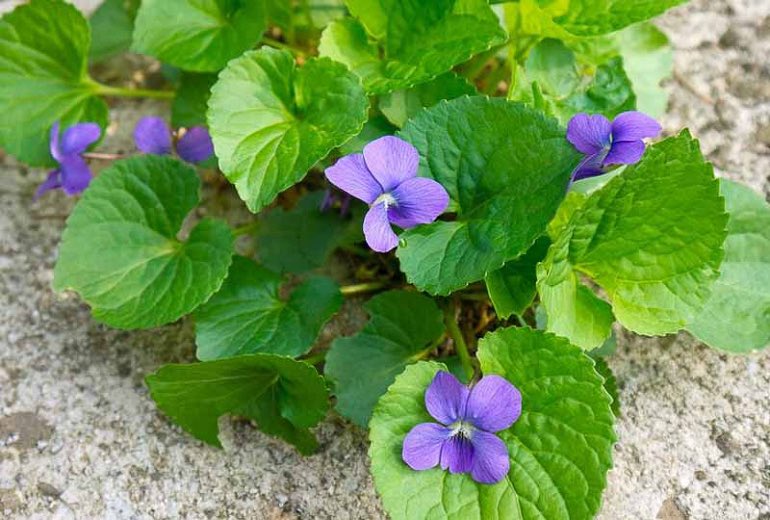 ) and leaves are heart shaped (cordate https://abs.twimg.com/emoji/v2/... draggable="false" alt="❤️" title="Rotes Herz" aria-label="Emoji: Rotes Herz">). (Only mentioned in this series because it’s neither legume nor orchid.)" title="17. Violaceae is a small family that is mainly known for pansies and violets. Flowers are bilaterally symmetrical (can be divided down the middle into two halves https://abs.twimg.com/emoji/v2/... draggable="false" alt="❤️" title="Rotes Herz" aria-label="Emoji: Rotes Herz">) and leaves are heart shaped (cordate https://abs.twimg.com/emoji/v2/... draggable="false" alt="❤️" title="Rotes Herz" aria-label="Emoji: Rotes Herz">). (Only mentioned in this series because it’s neither legume nor orchid.)">
) and leaves are heart shaped (cordate https://abs.twimg.com/emoji/v2/... draggable="false" alt="❤️" title="Rotes Herz" aria-label="Emoji: Rotes Herz">). (Only mentioned in this series because it’s neither legume nor orchid.)" title="17. Violaceae is a small family that is mainly known for pansies and violets. Flowers are bilaterally symmetrical (can be divided down the middle into two halves https://abs.twimg.com/emoji/v2/... draggable="false" alt="❤️" title="Rotes Herz" aria-label="Emoji: Rotes Herz">) and leaves are heart shaped (cordate https://abs.twimg.com/emoji/v2/... draggable="false" alt="❤️" title="Rotes Herz" aria-label="Emoji: Rotes Herz">). (Only mentioned in this series because it’s neither legume nor orchid.)">


